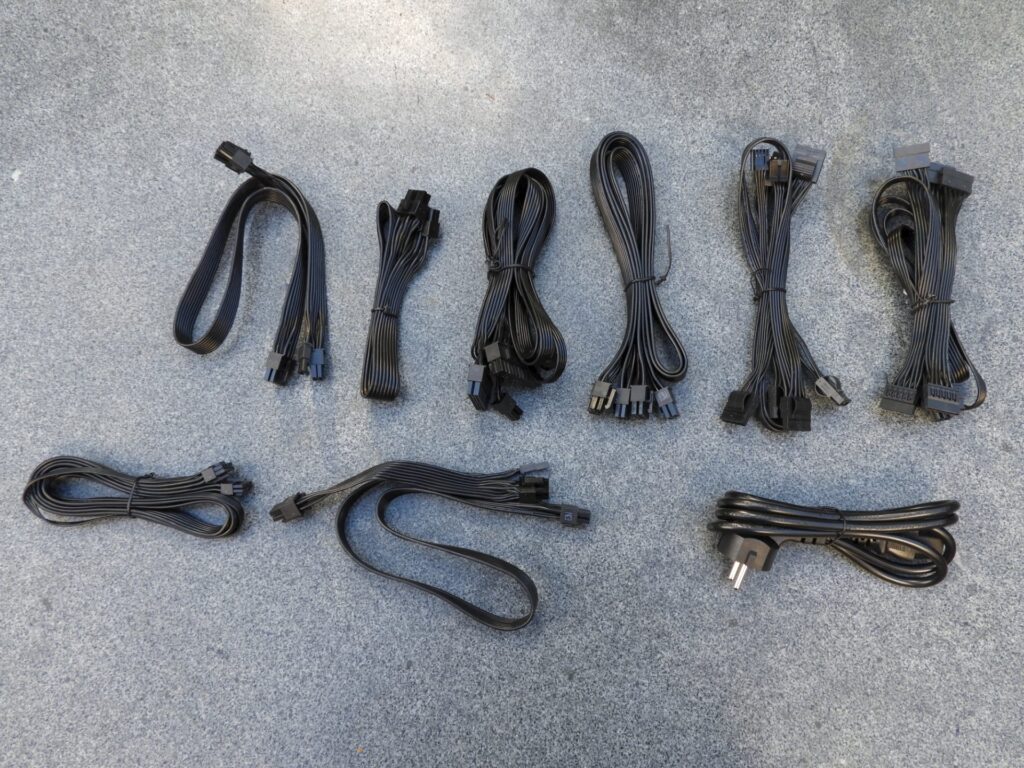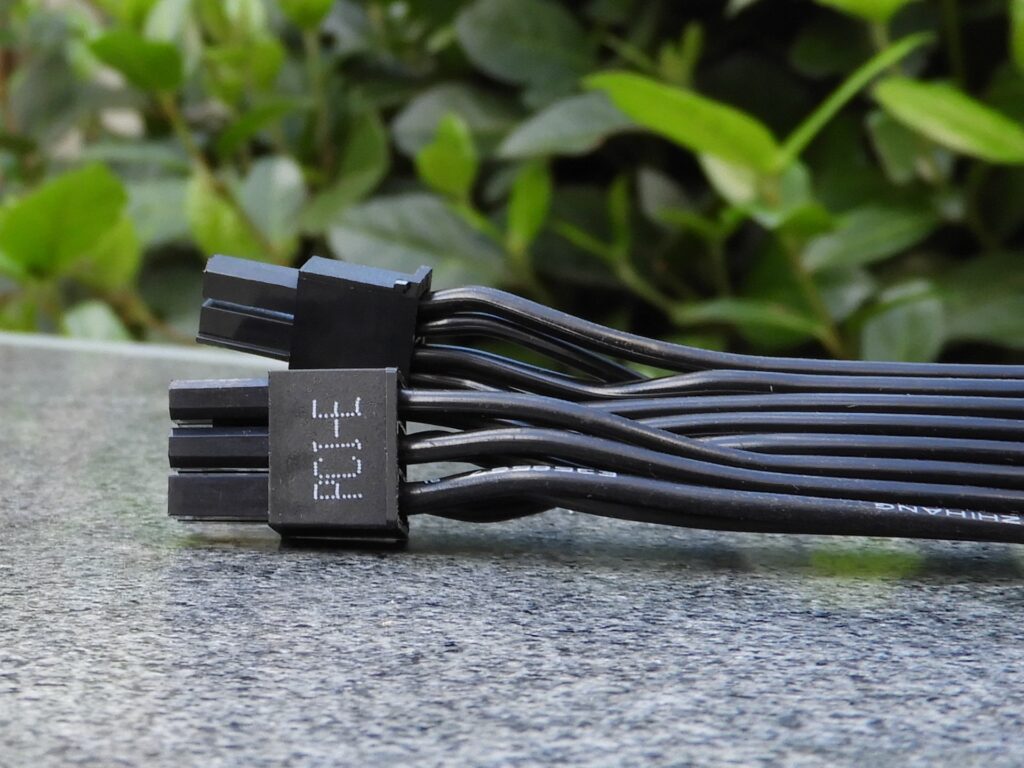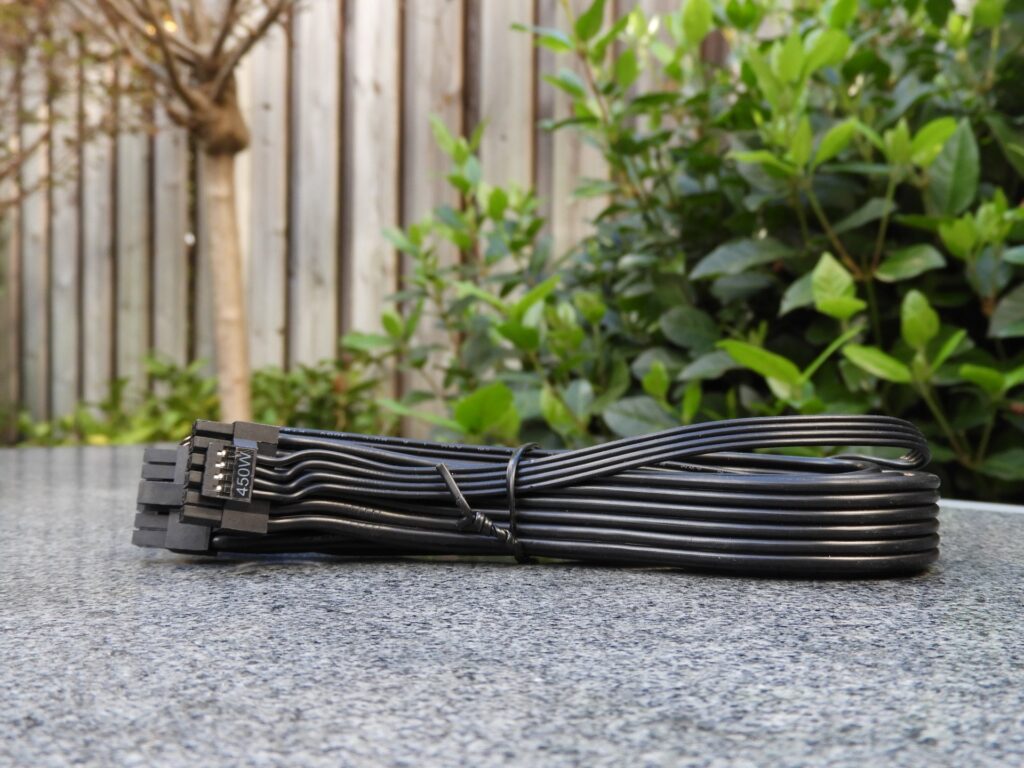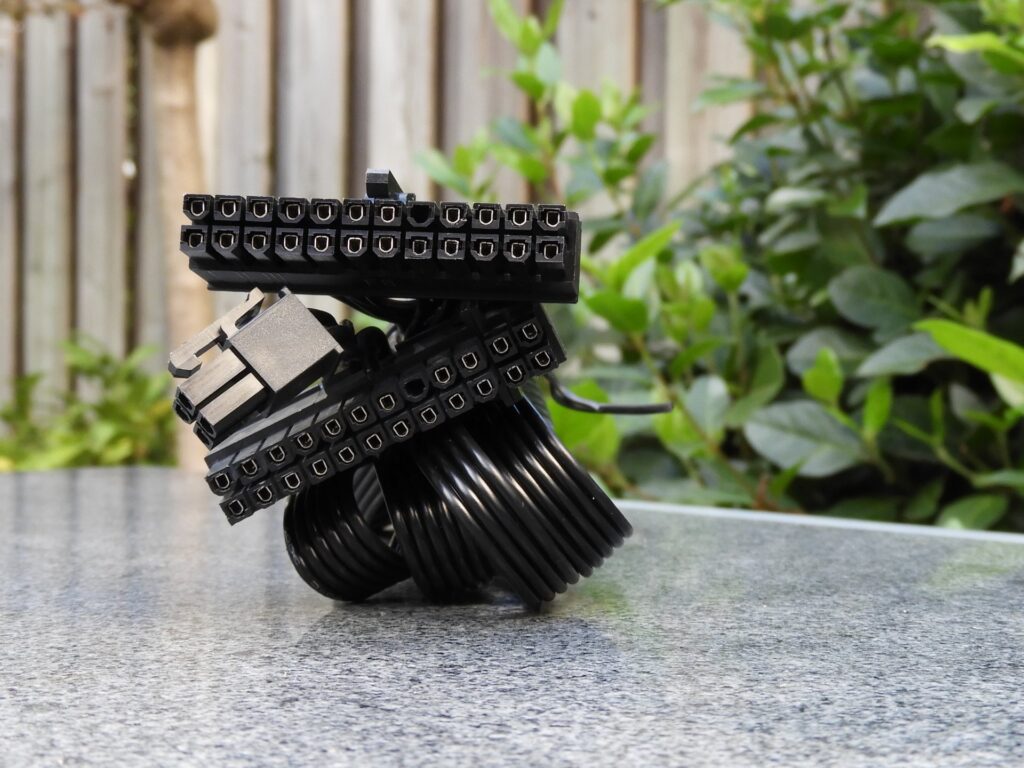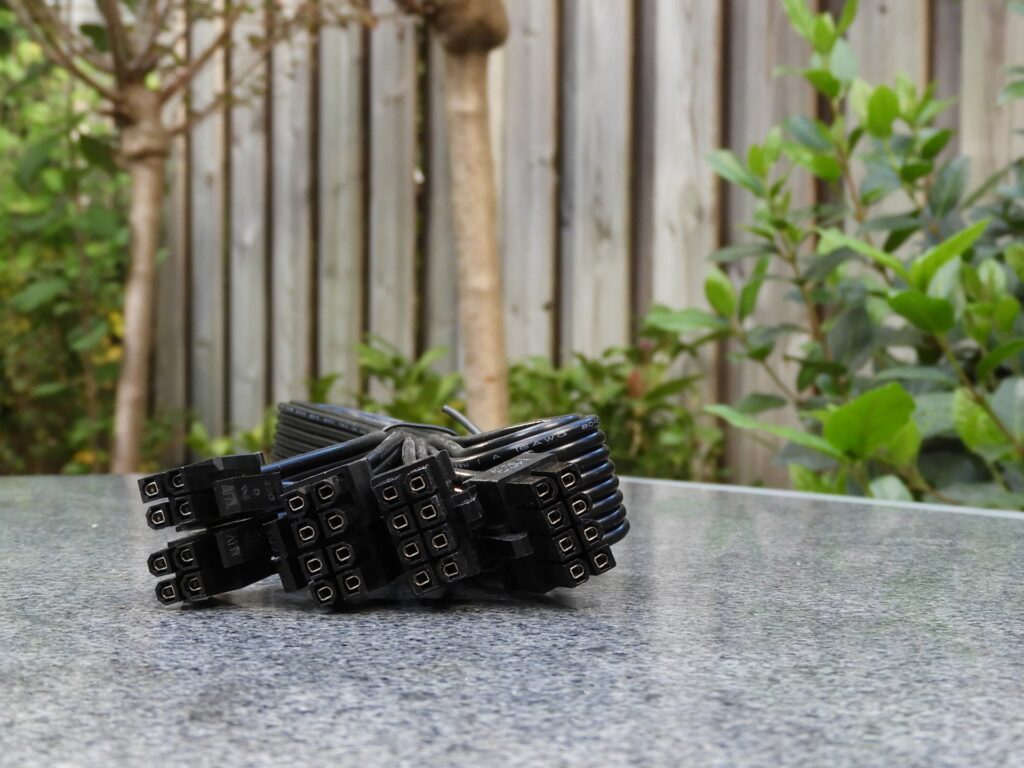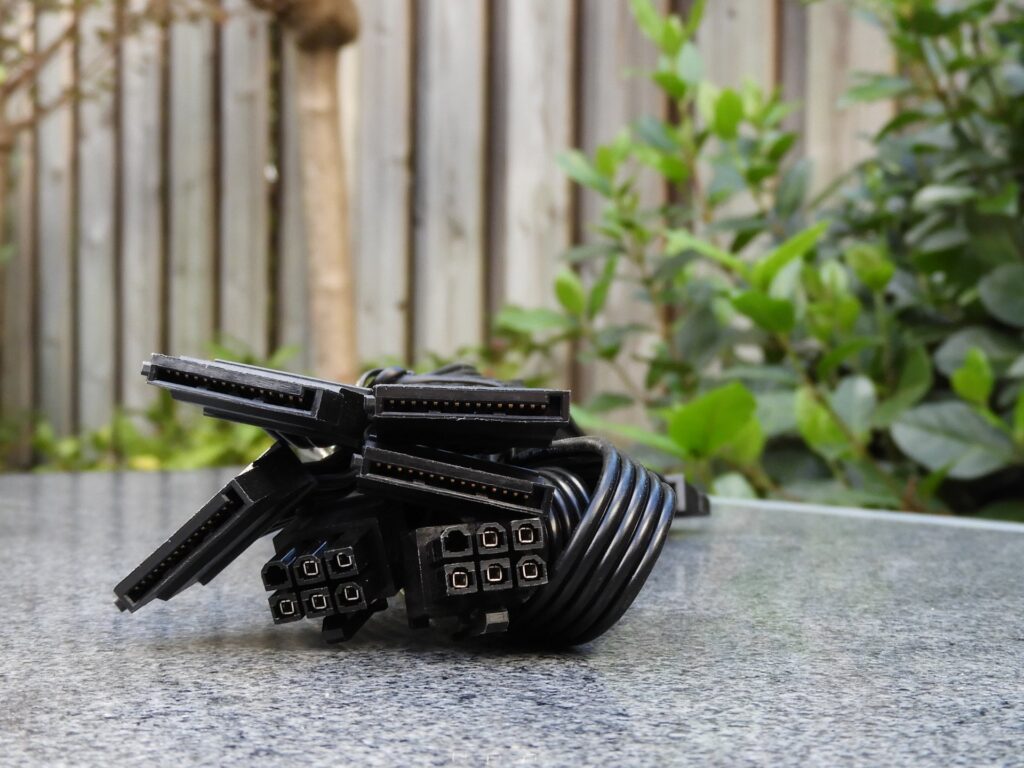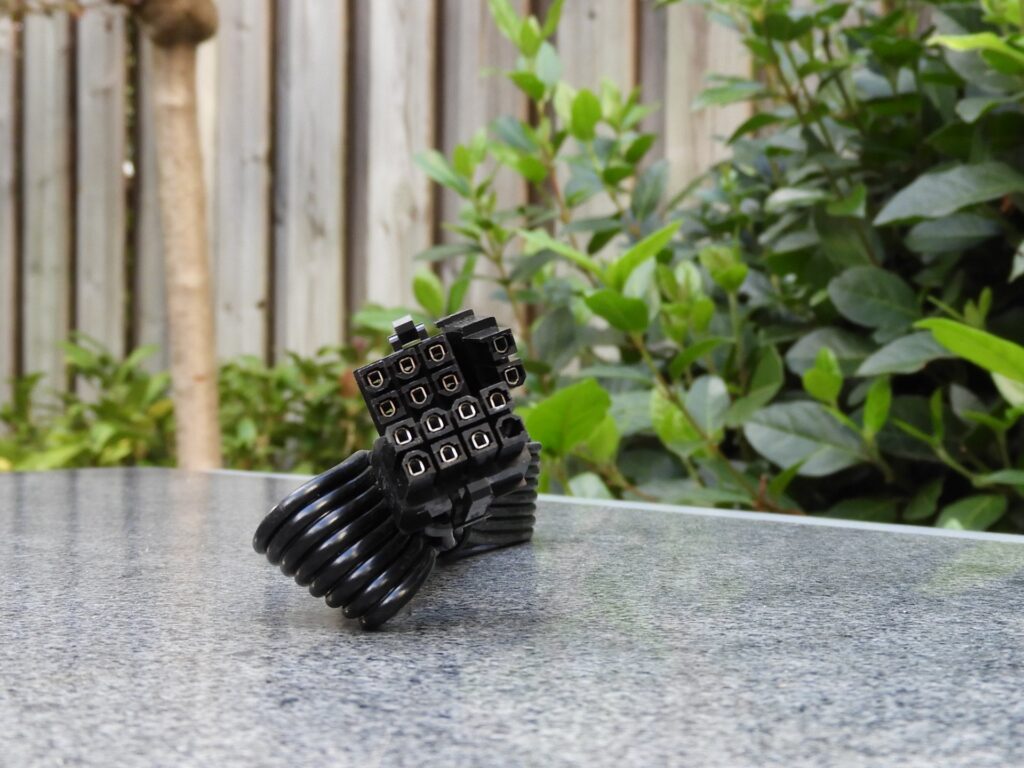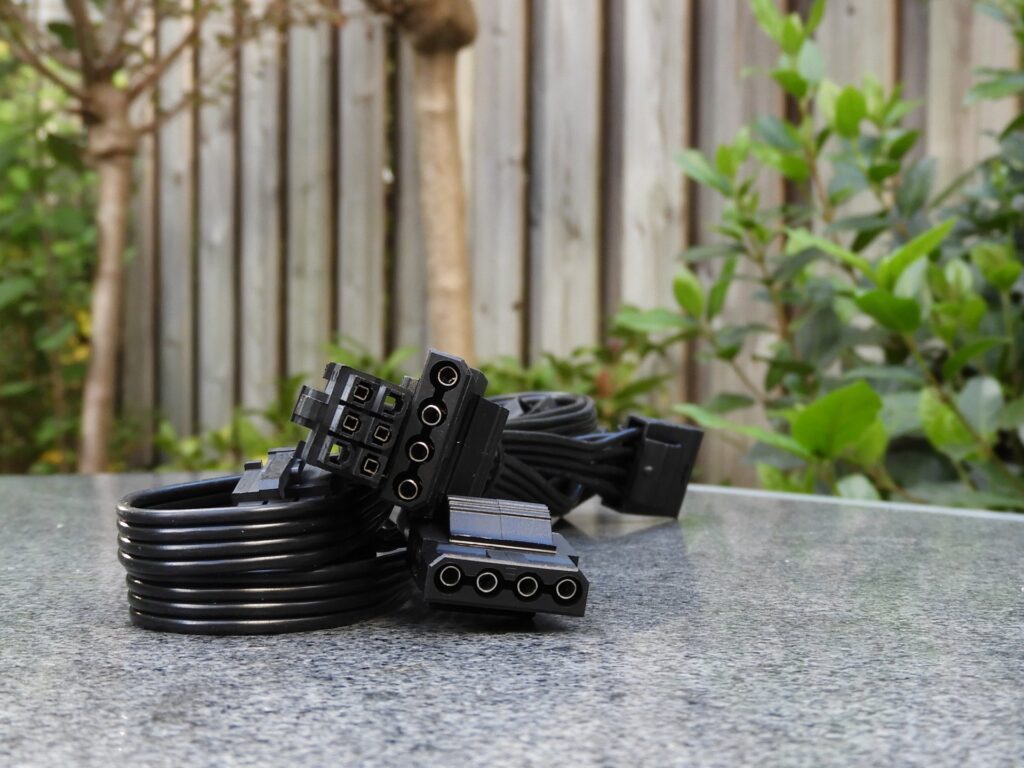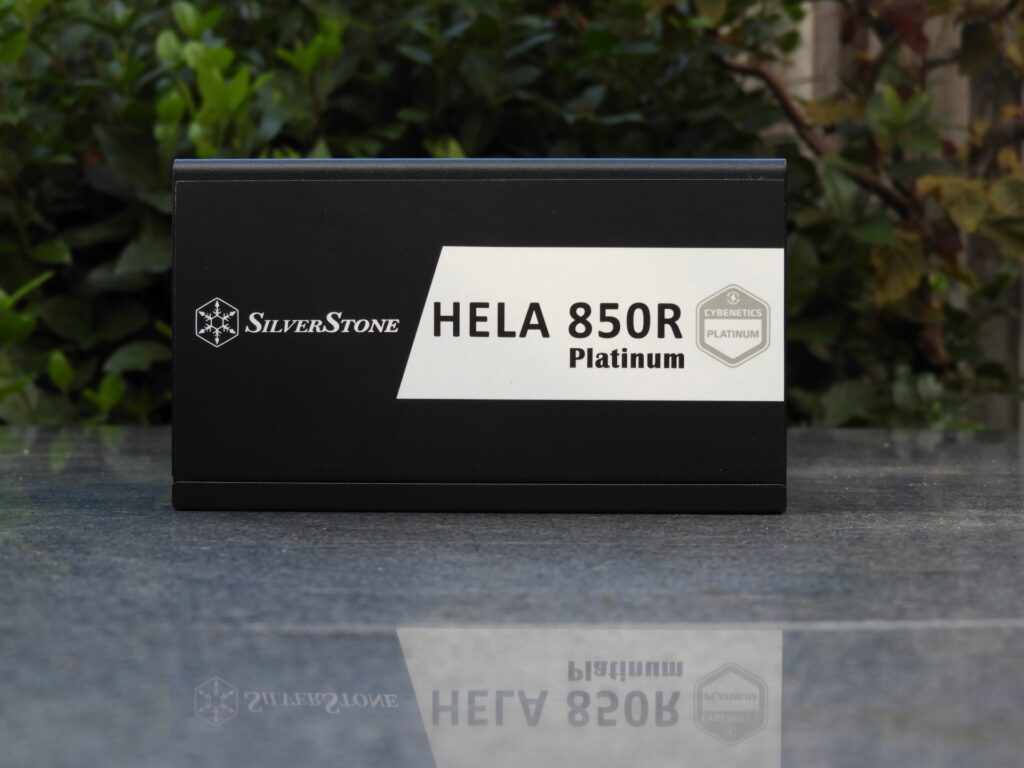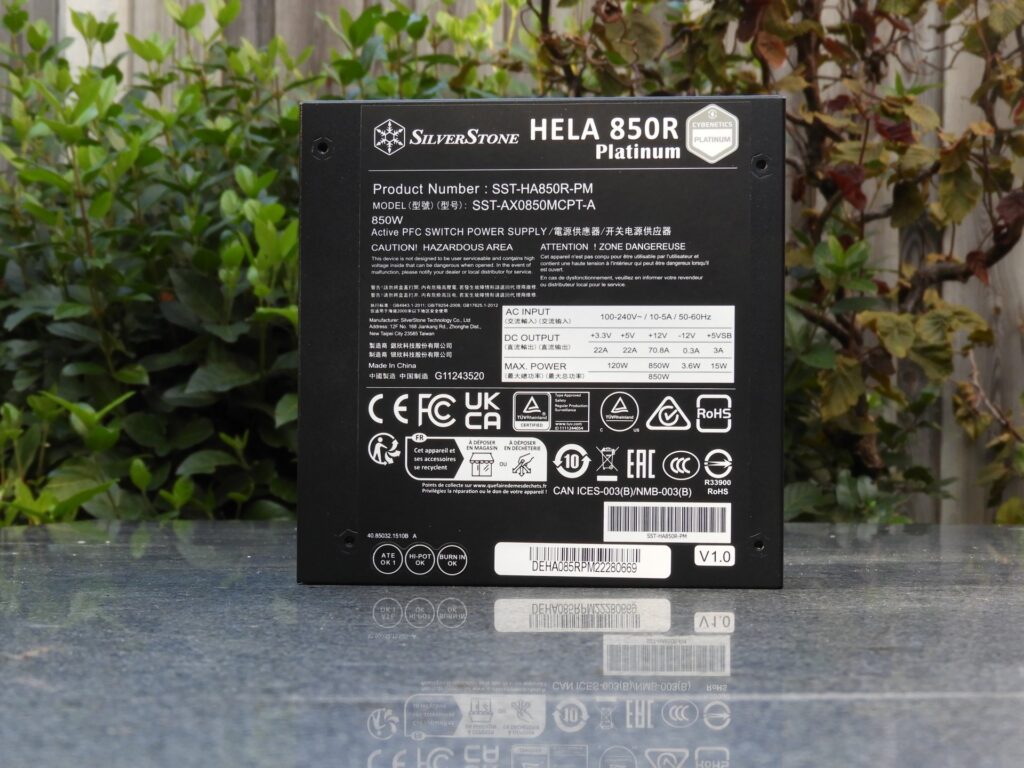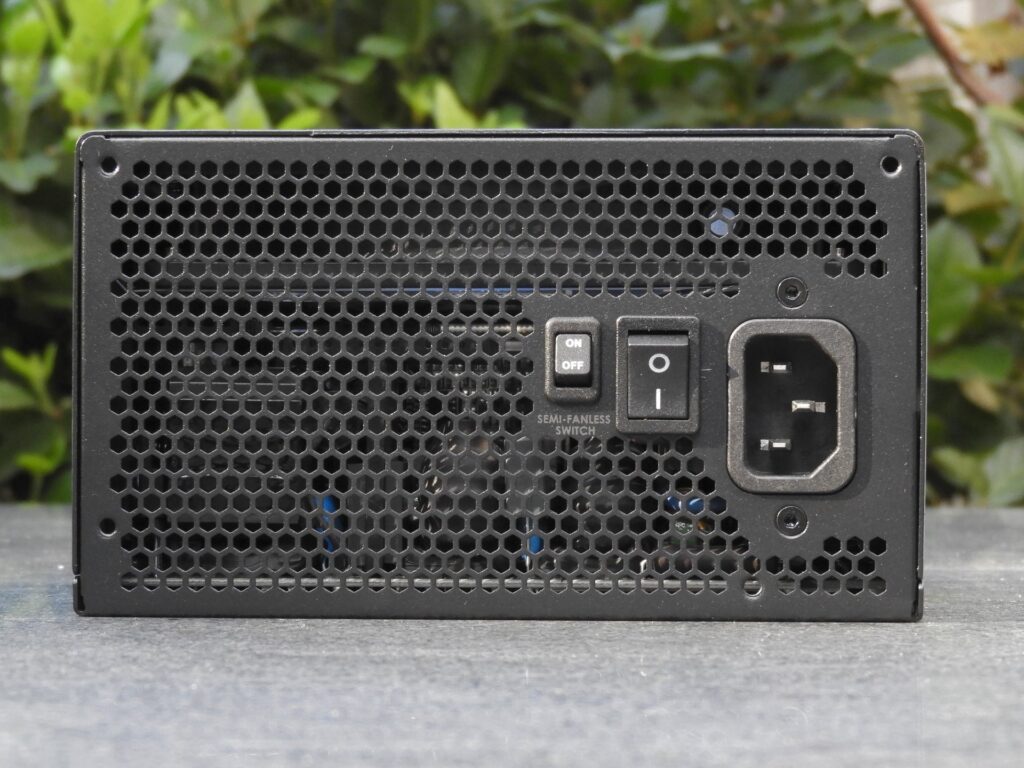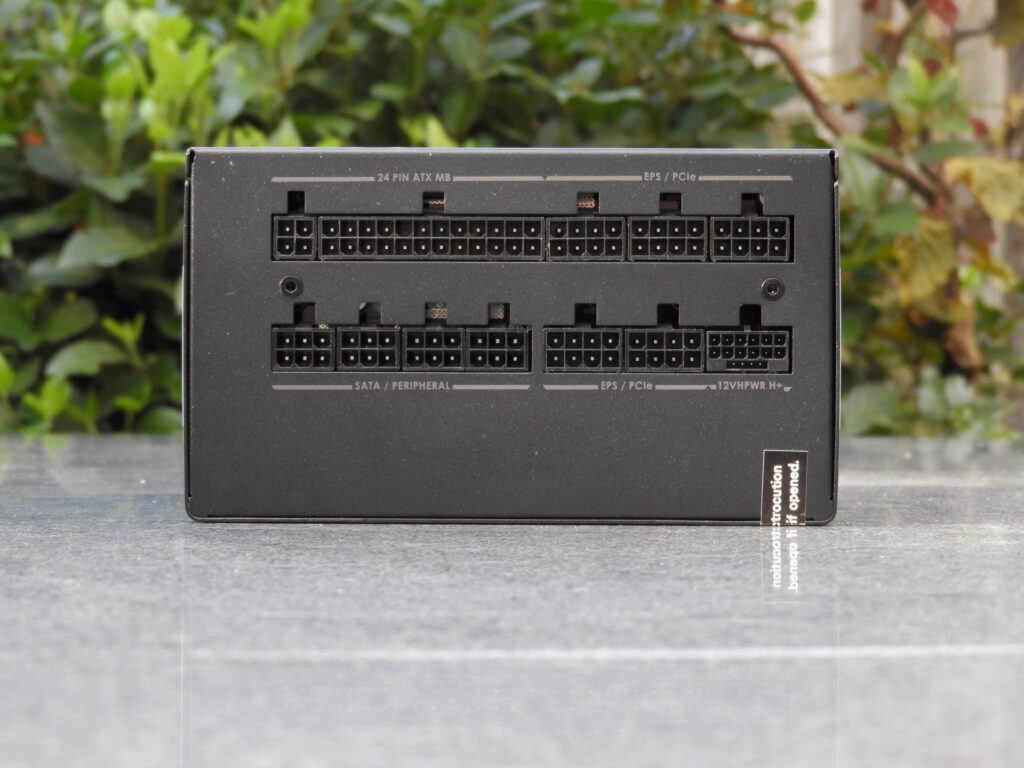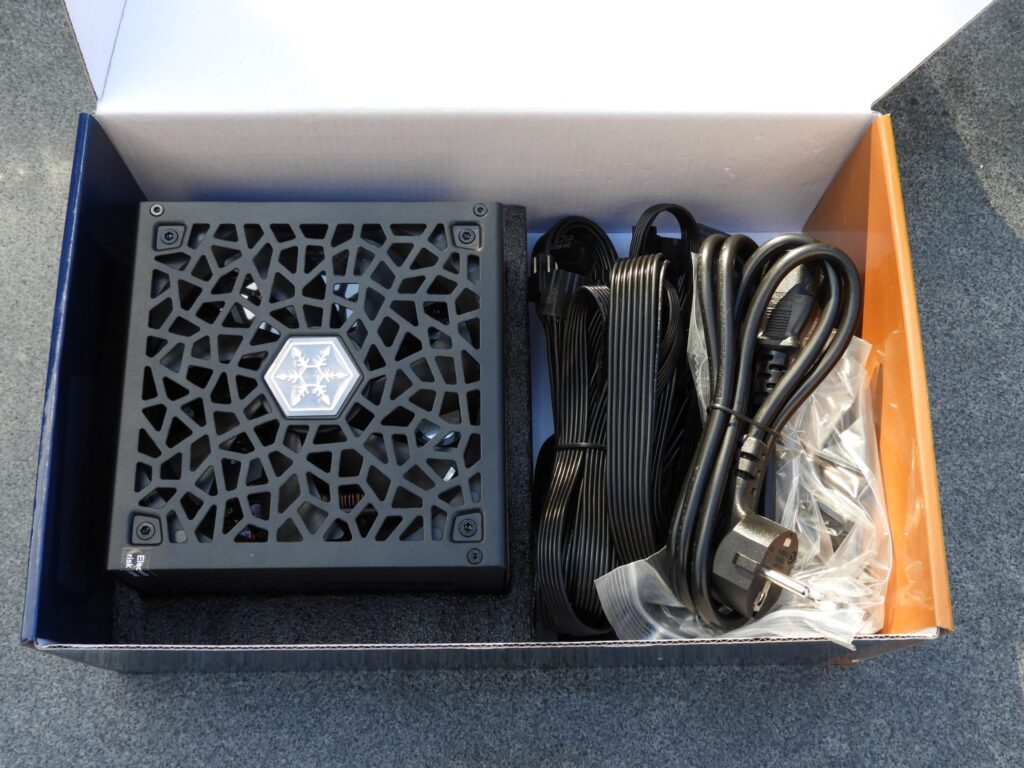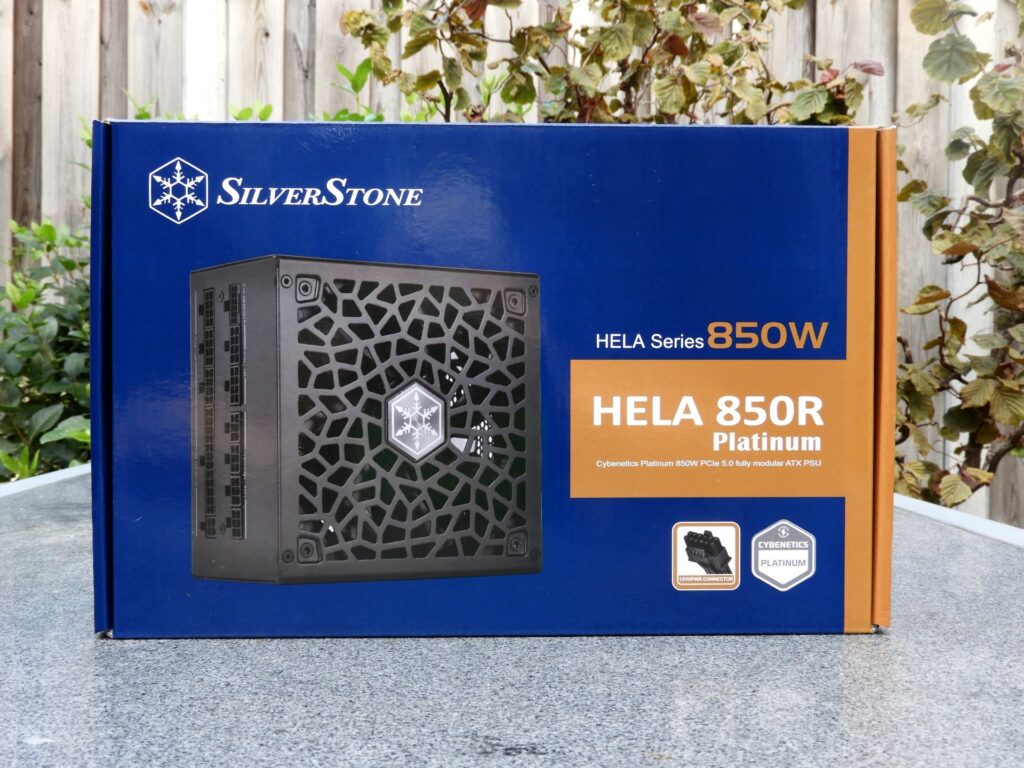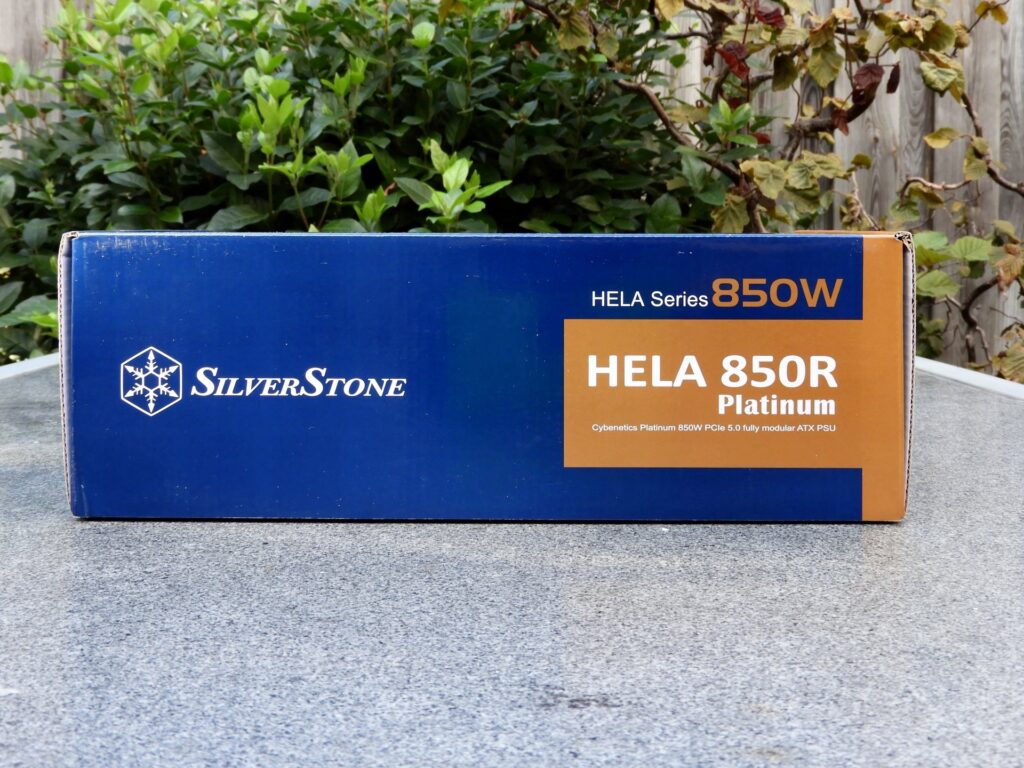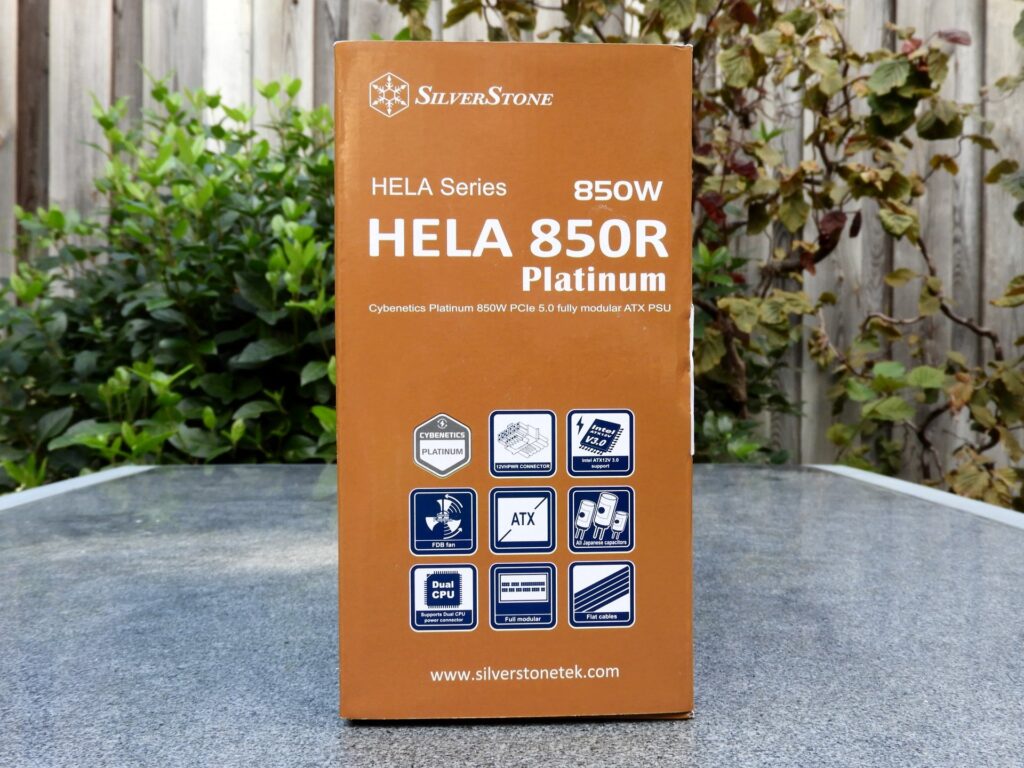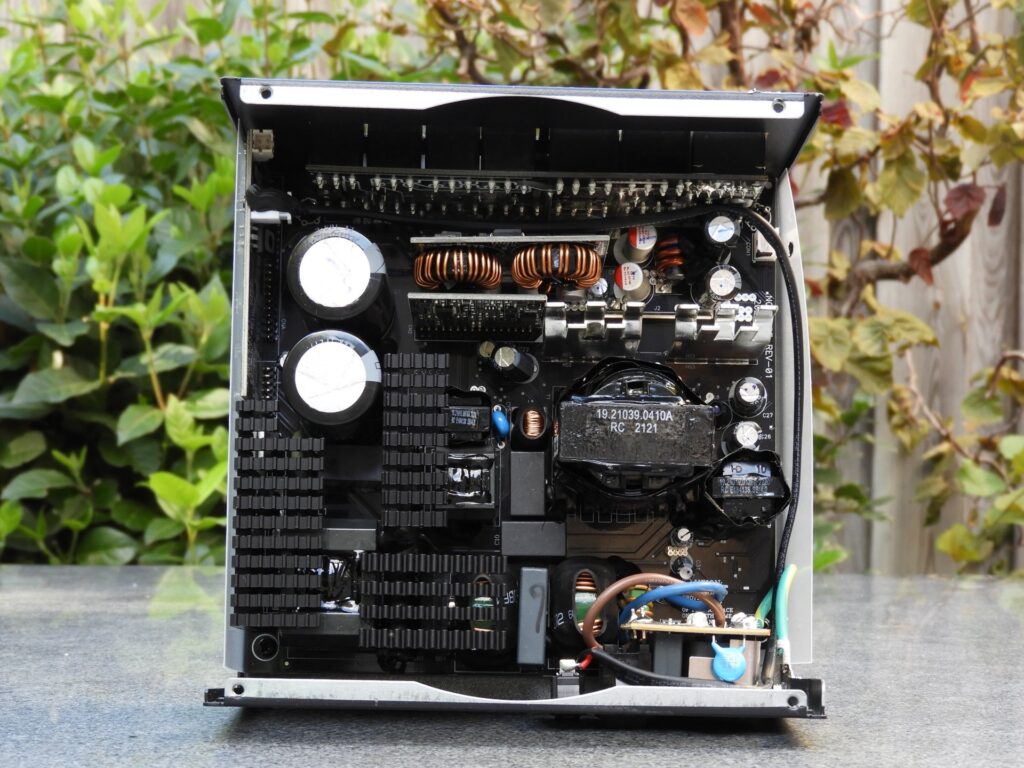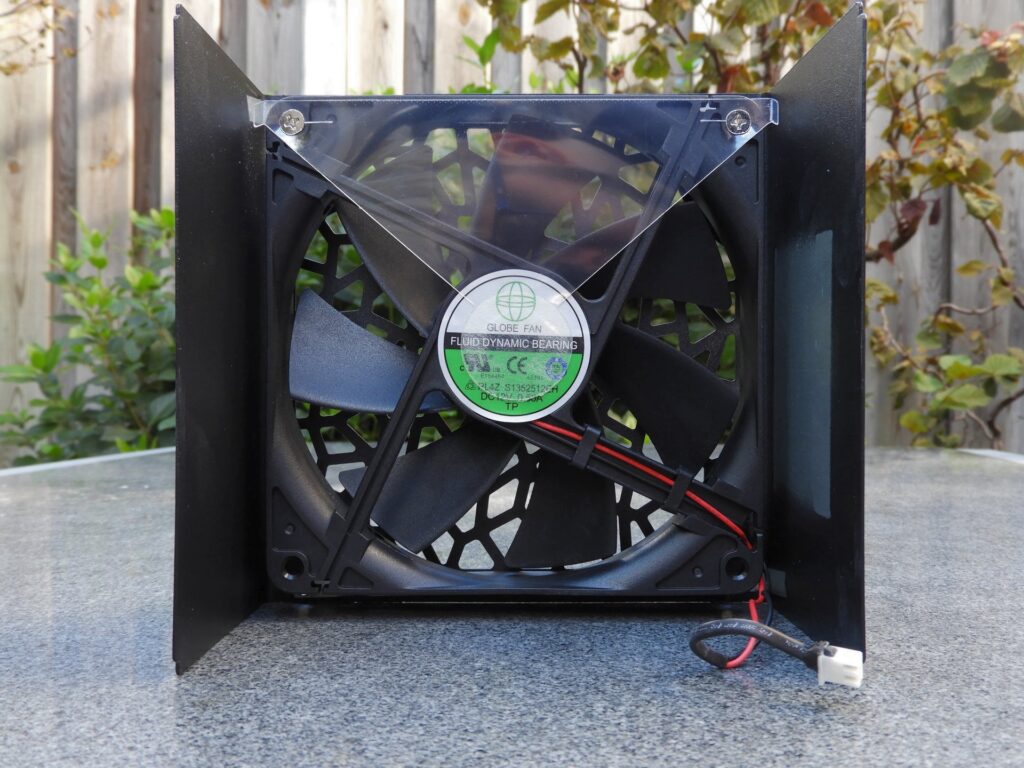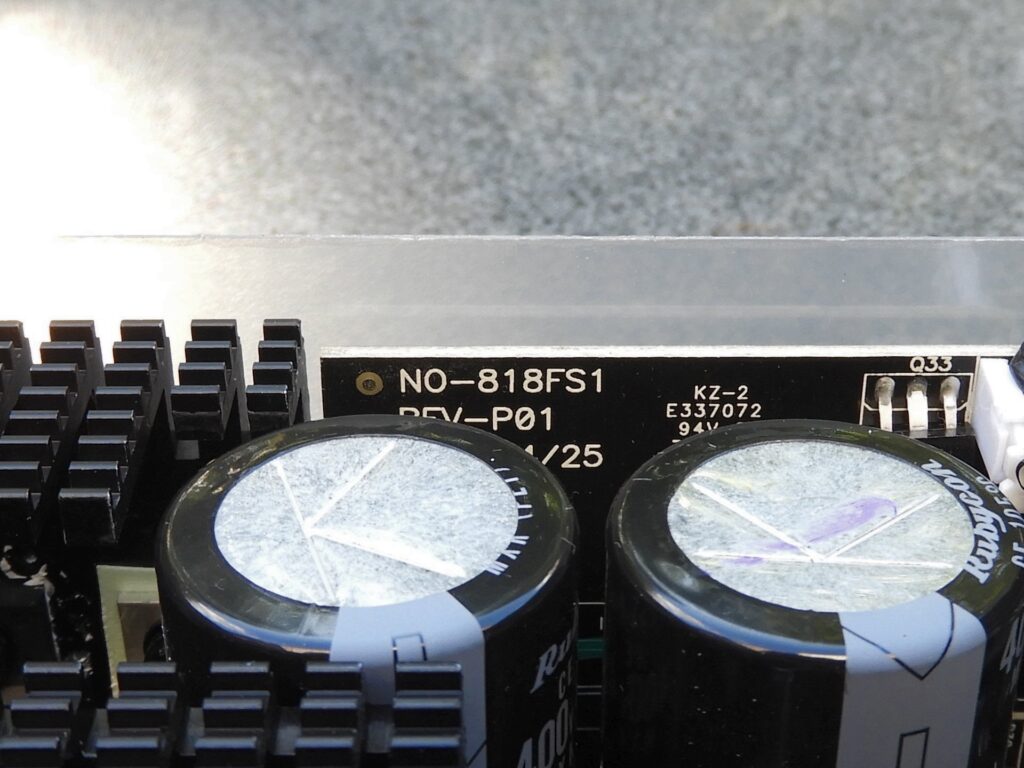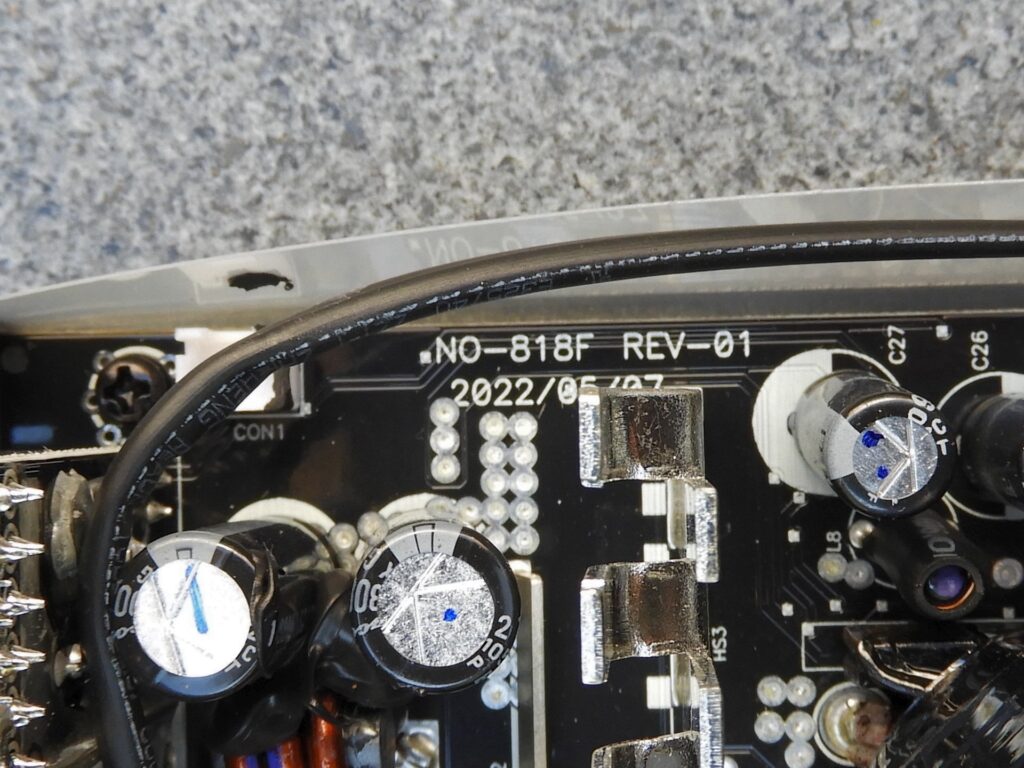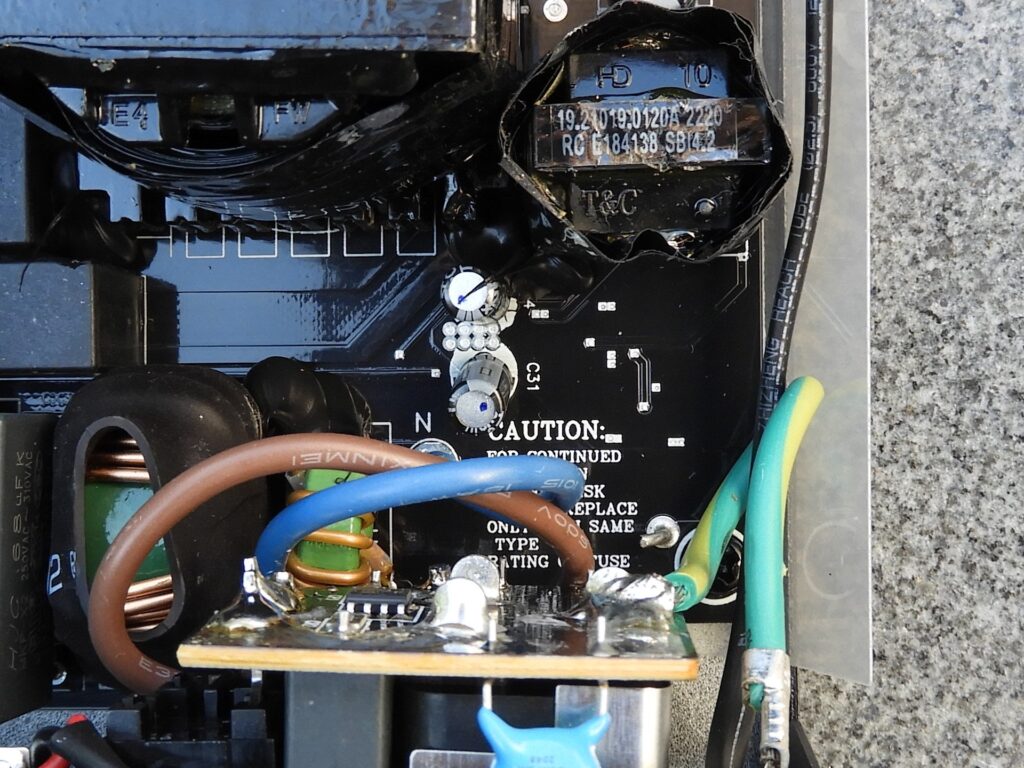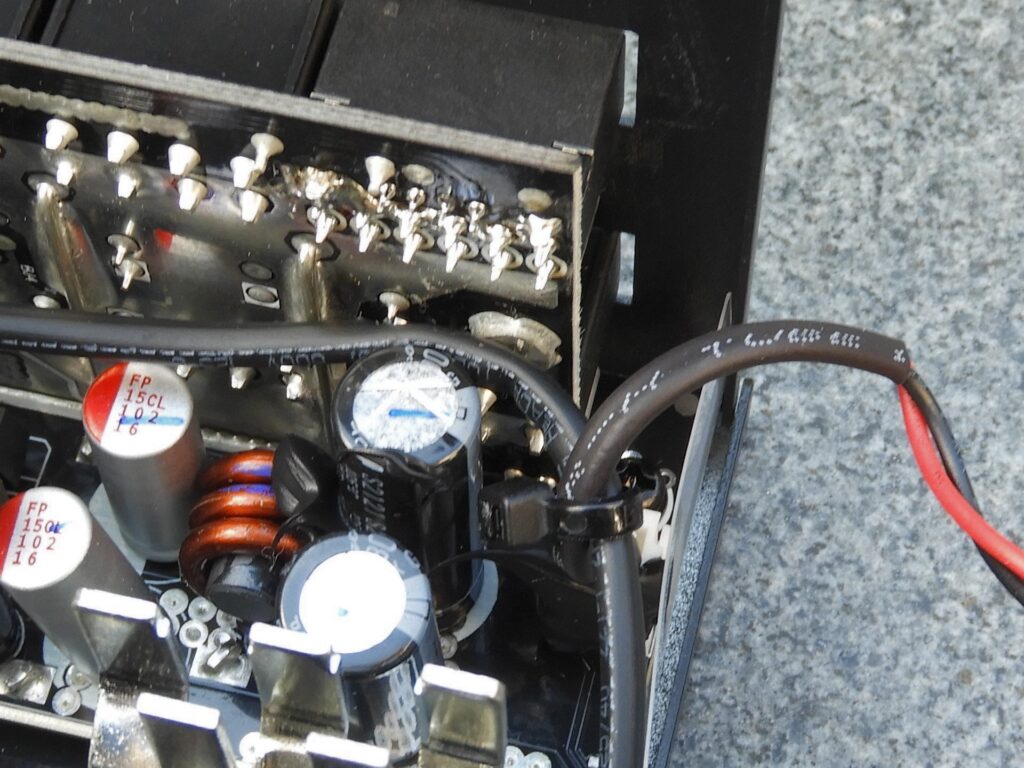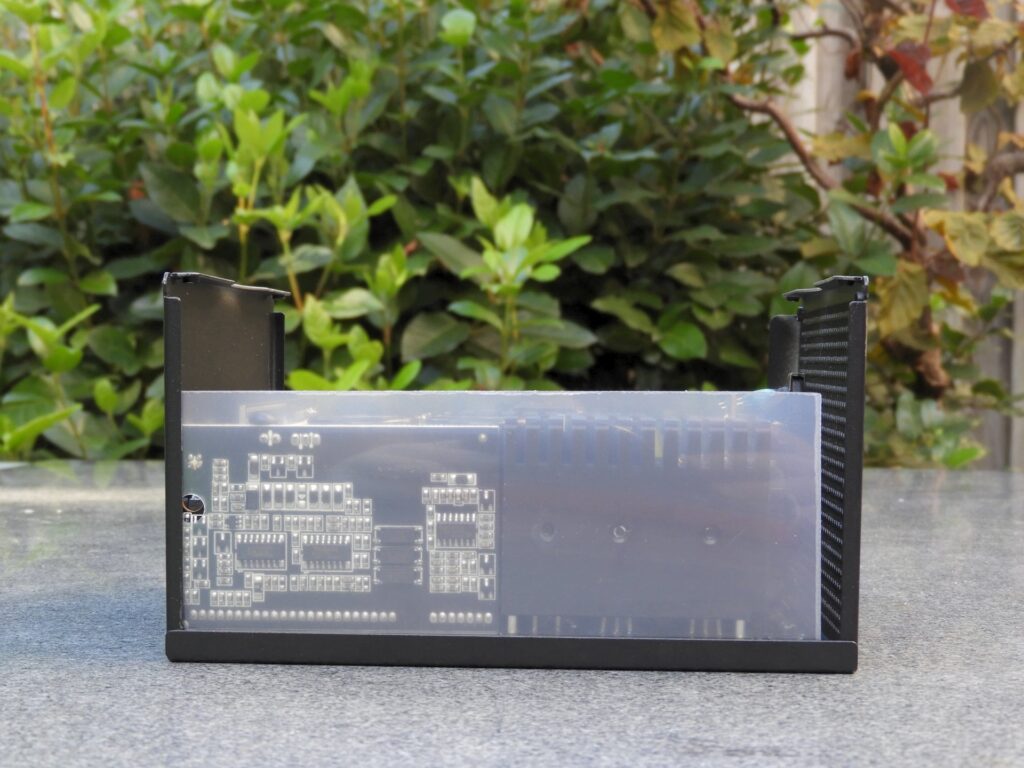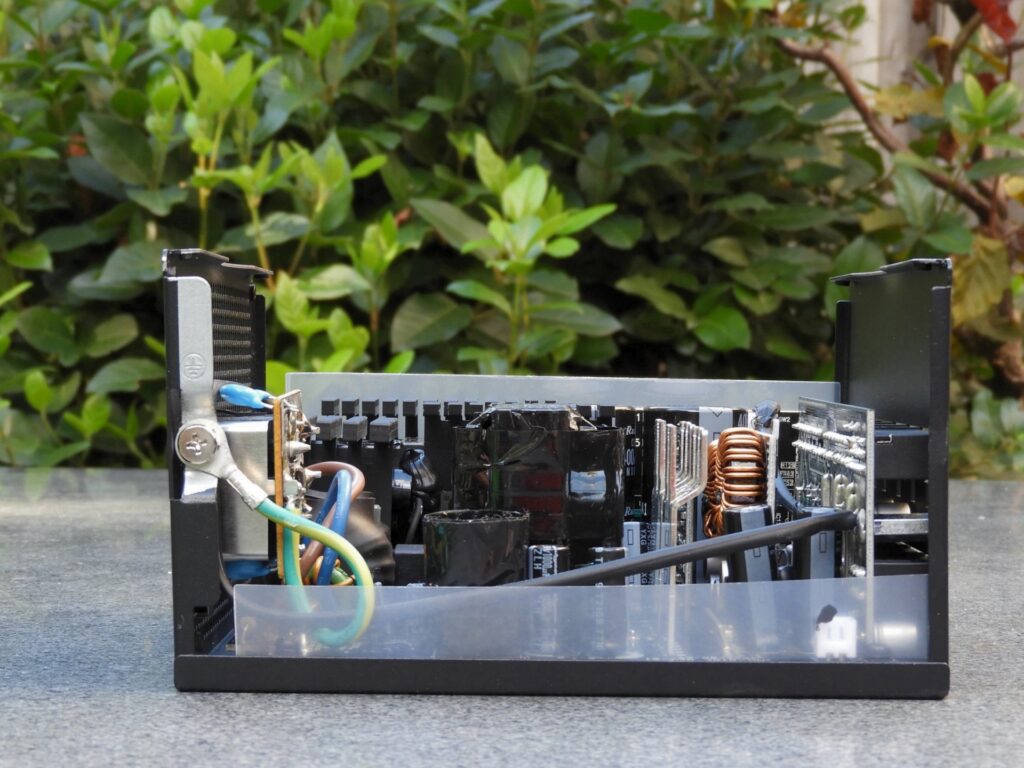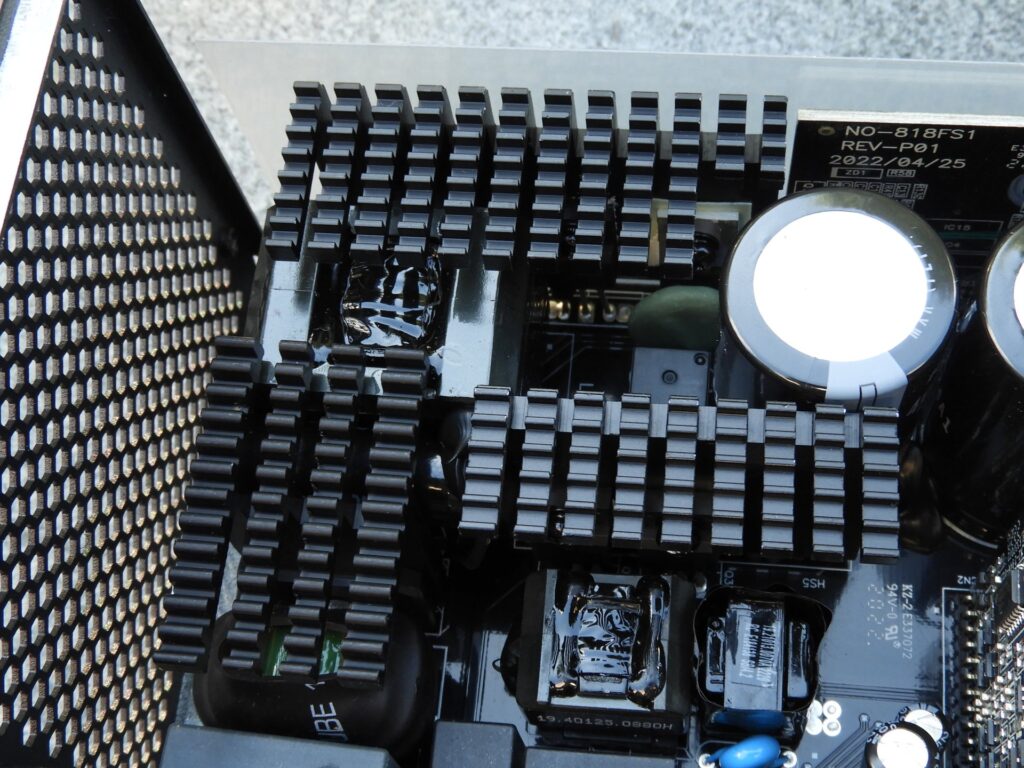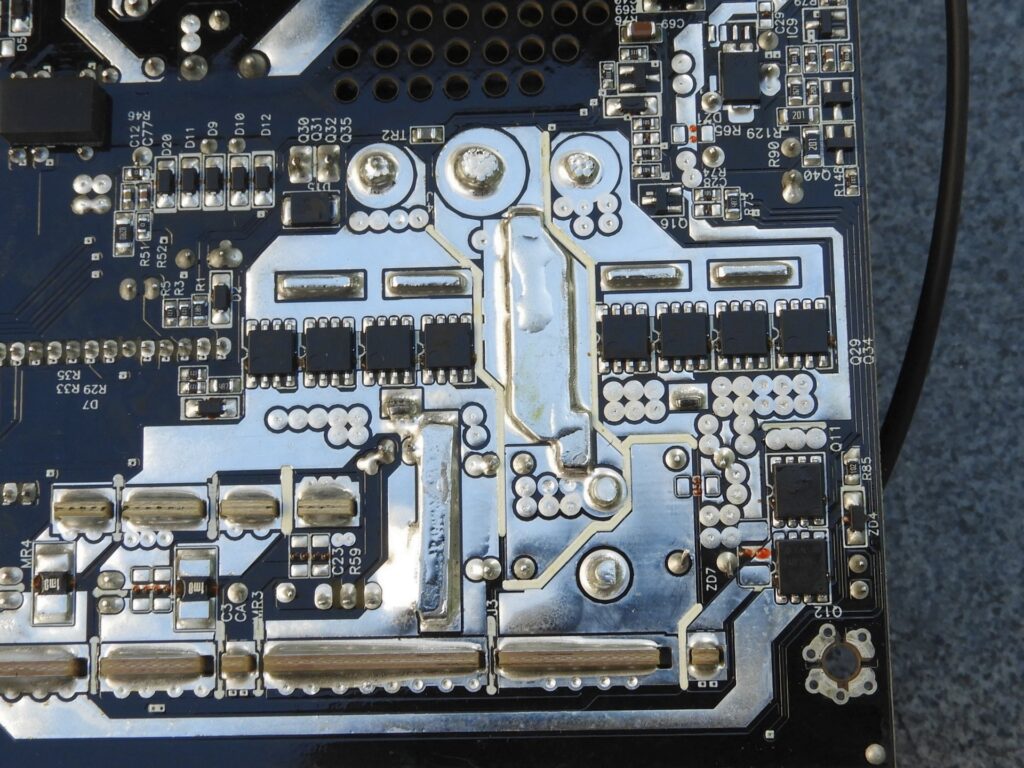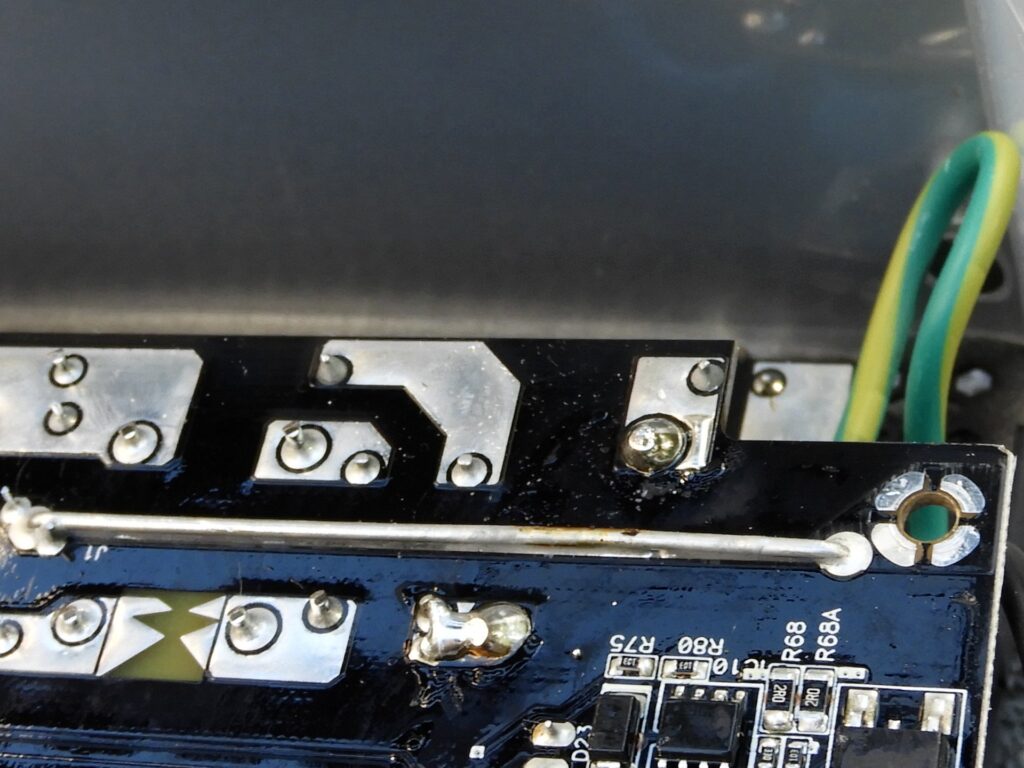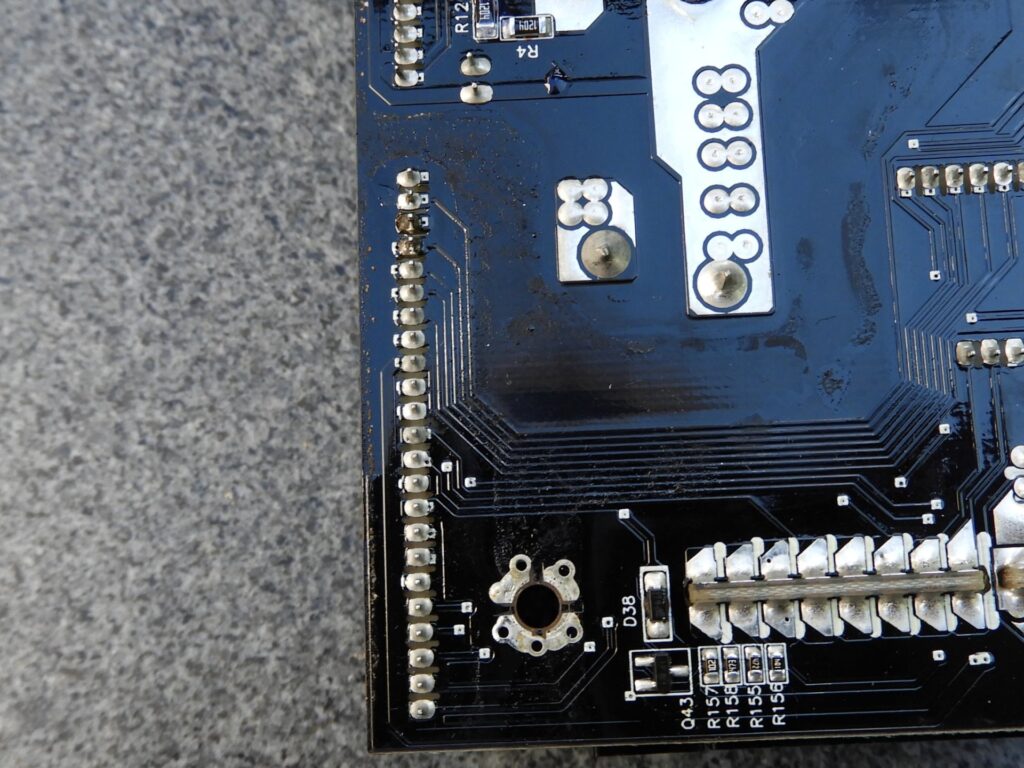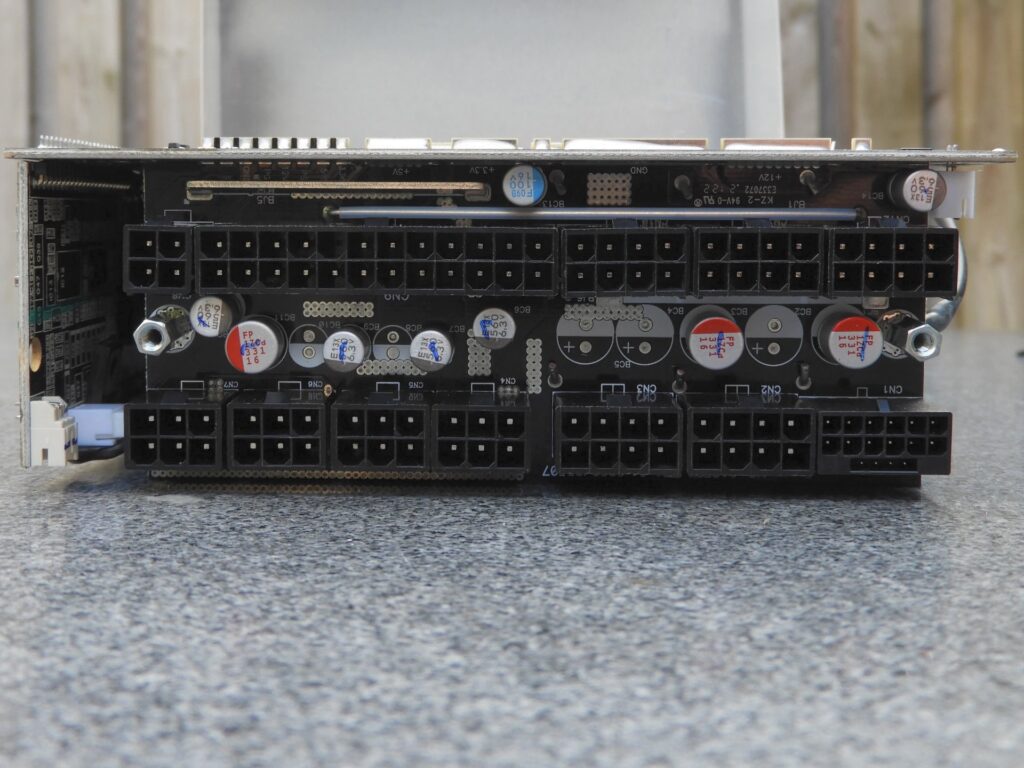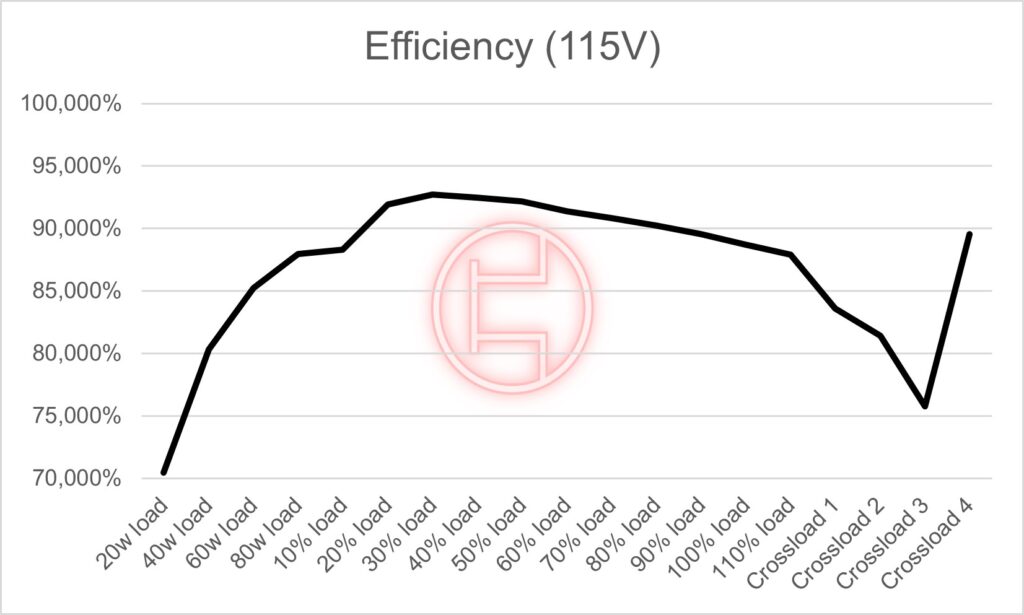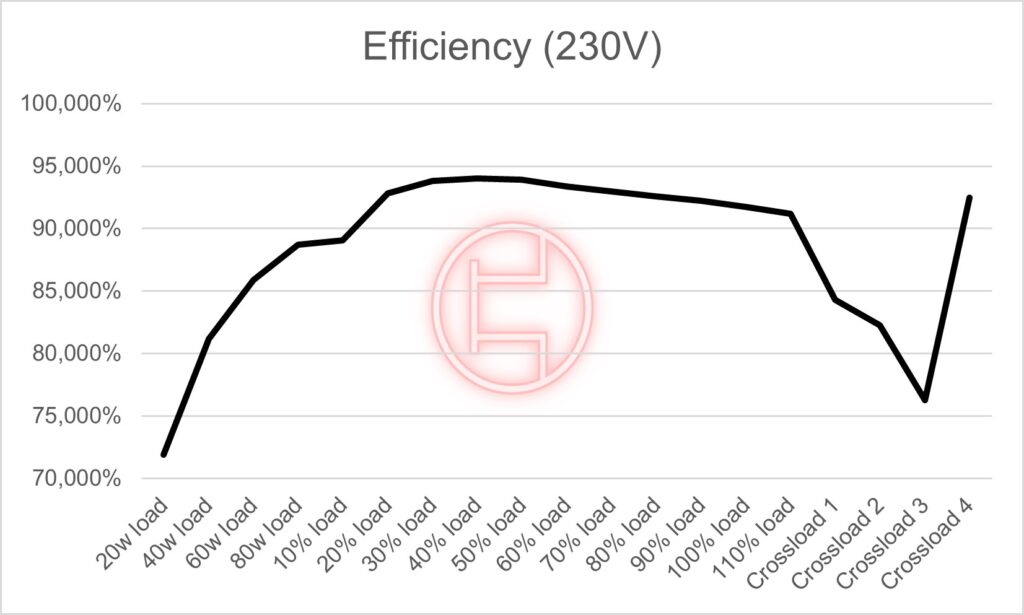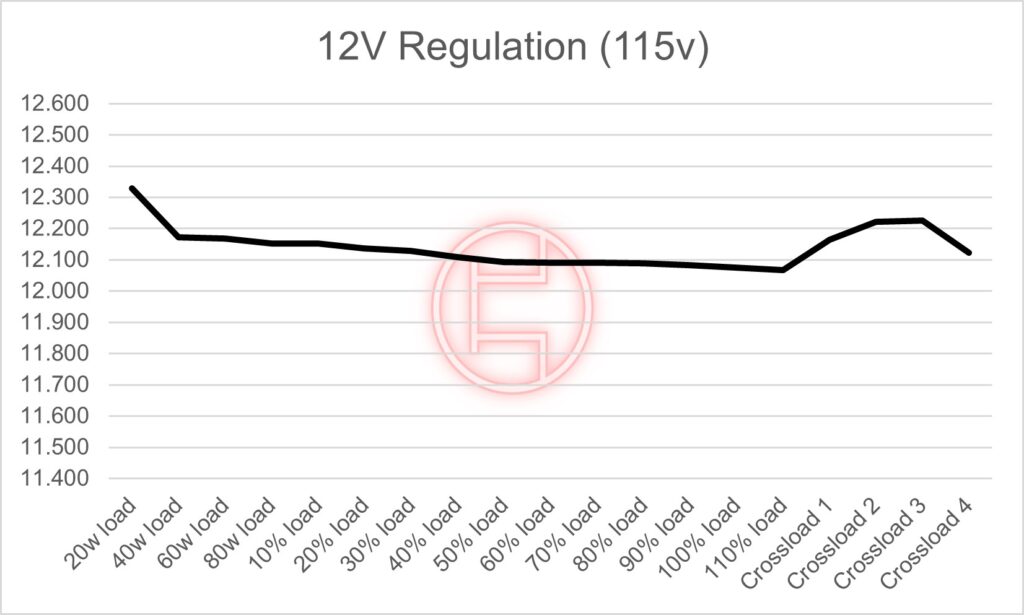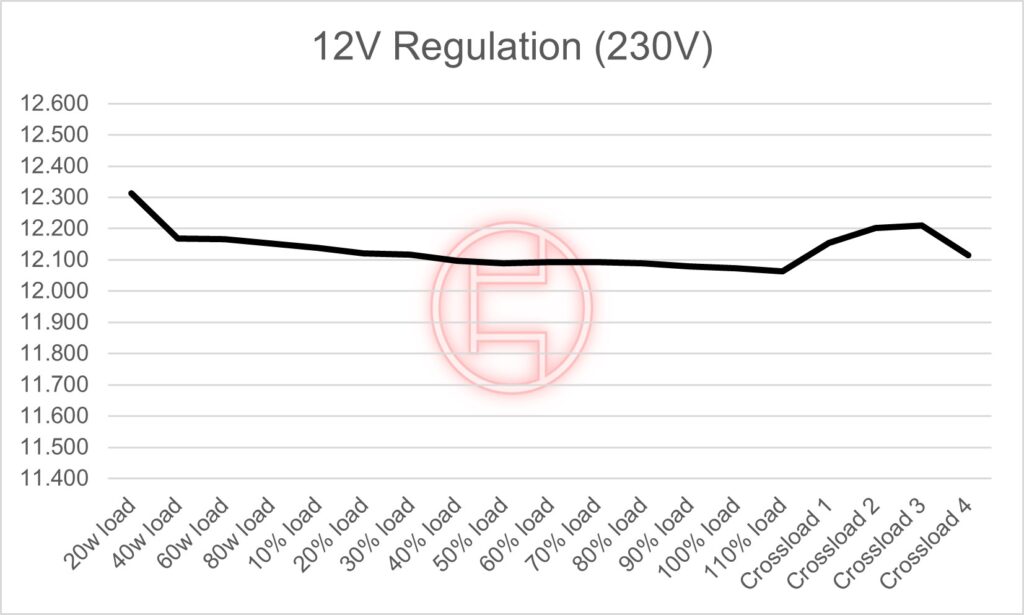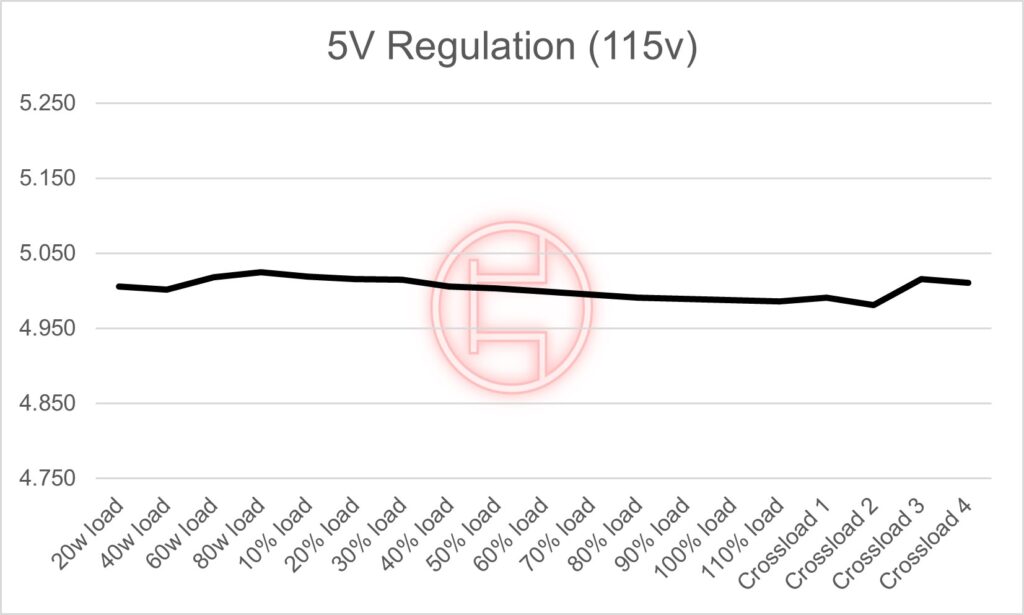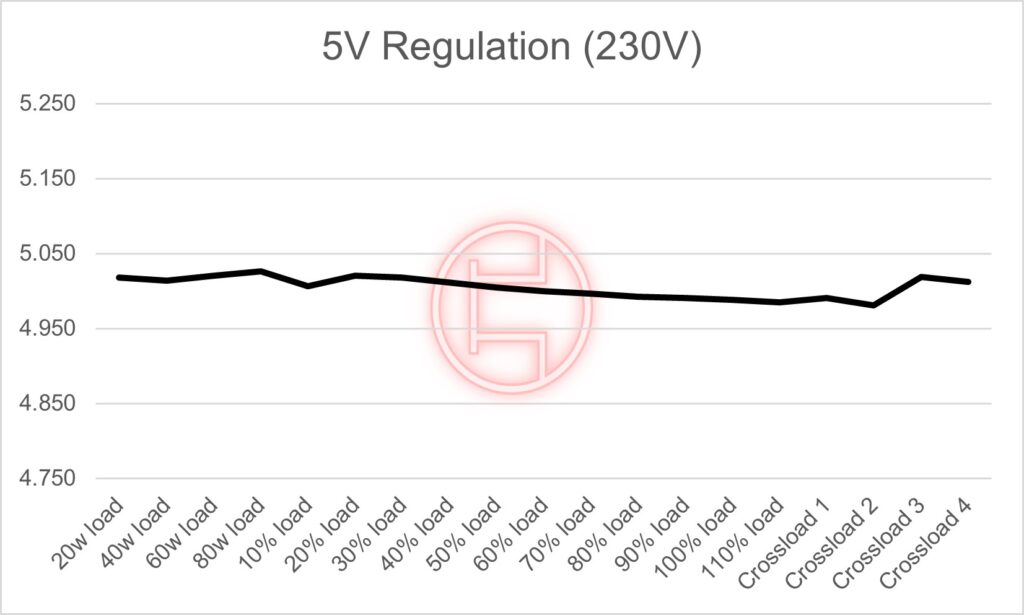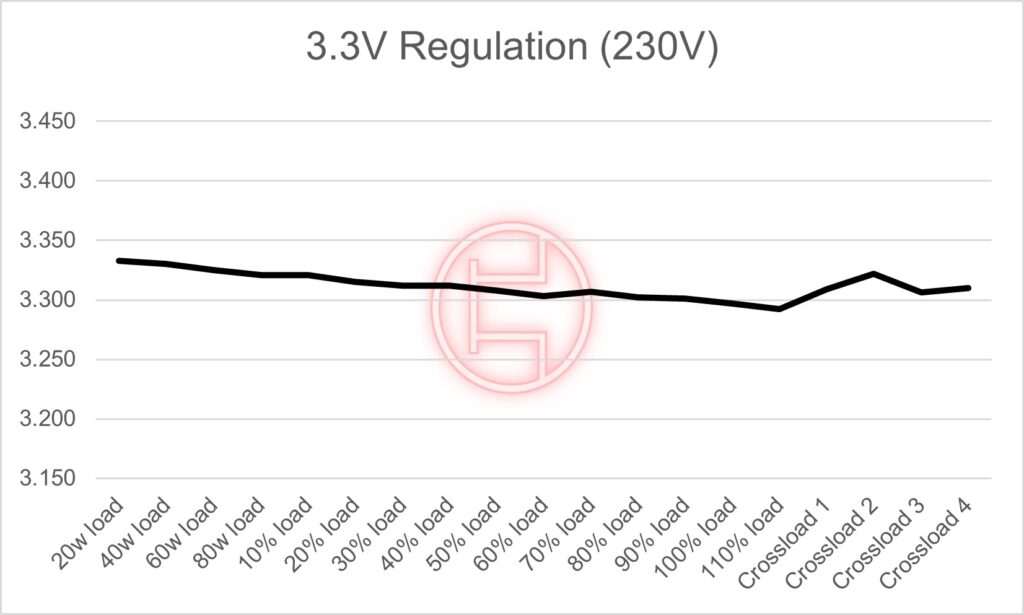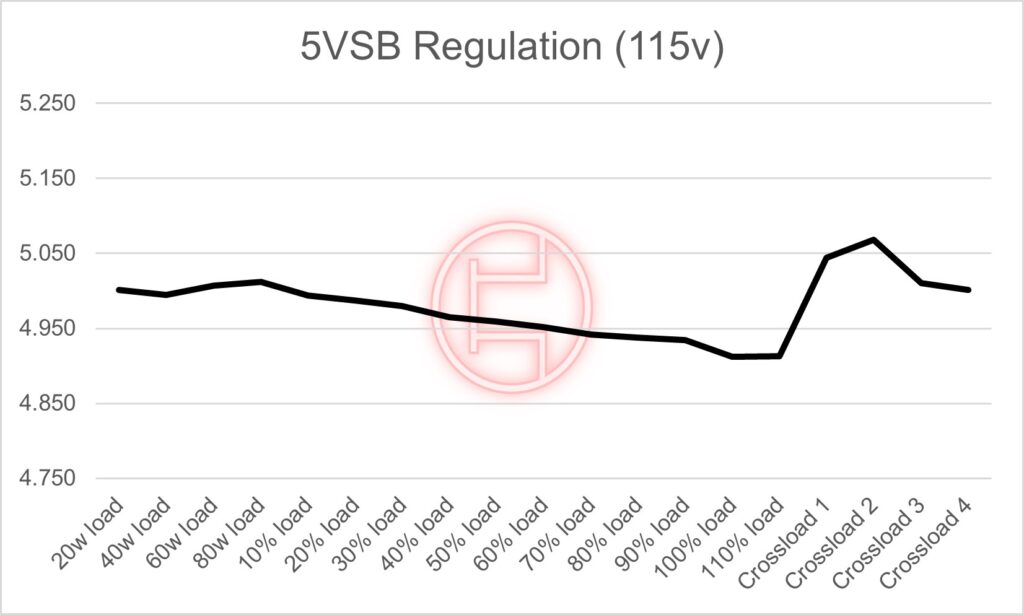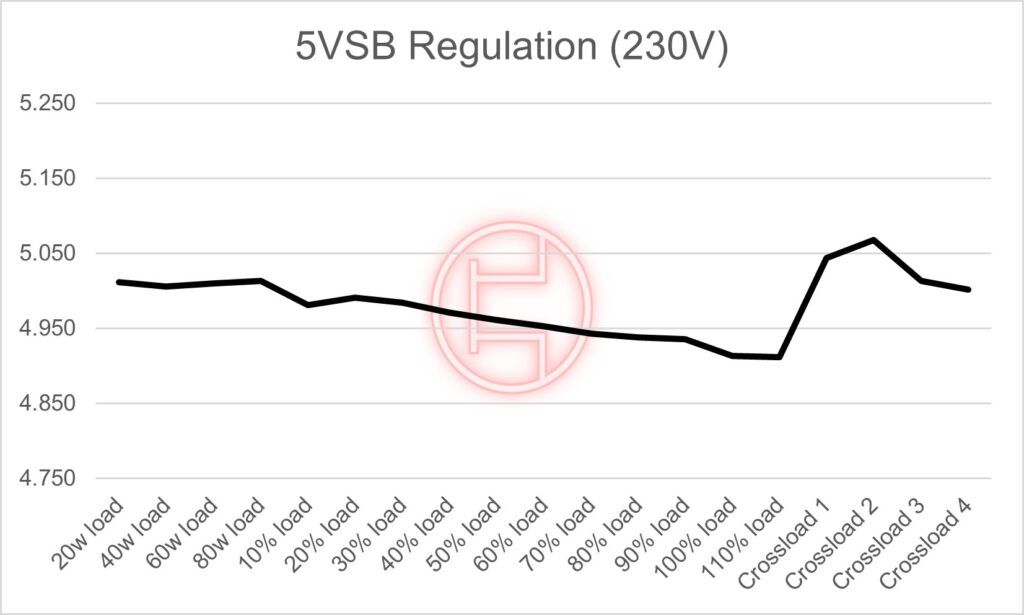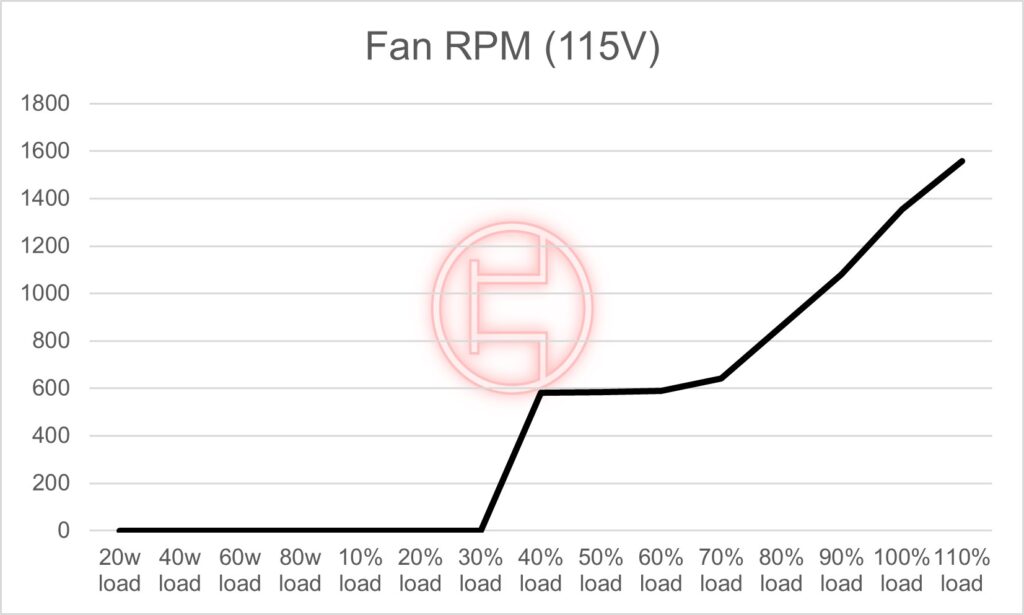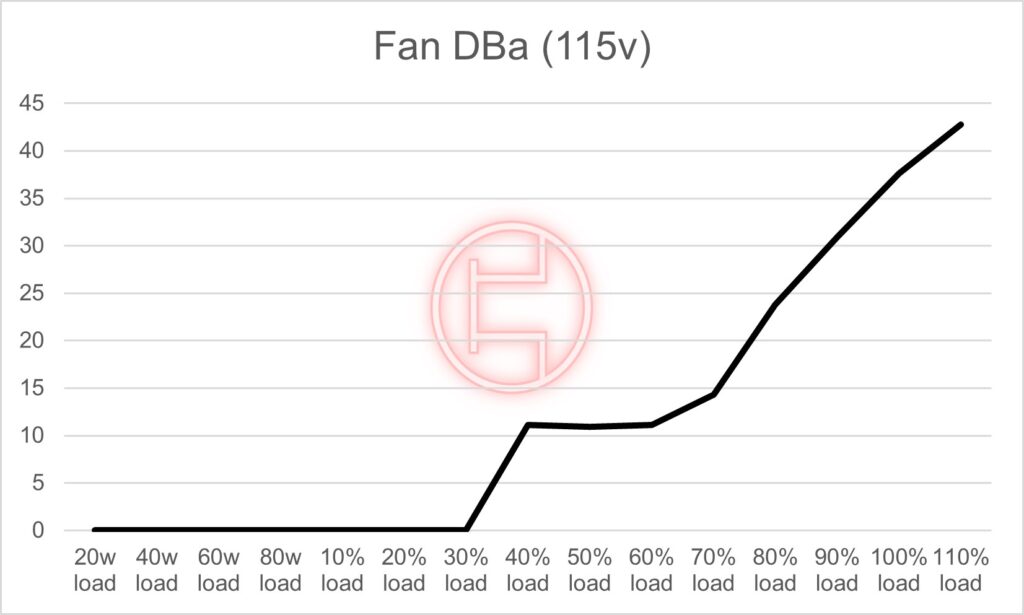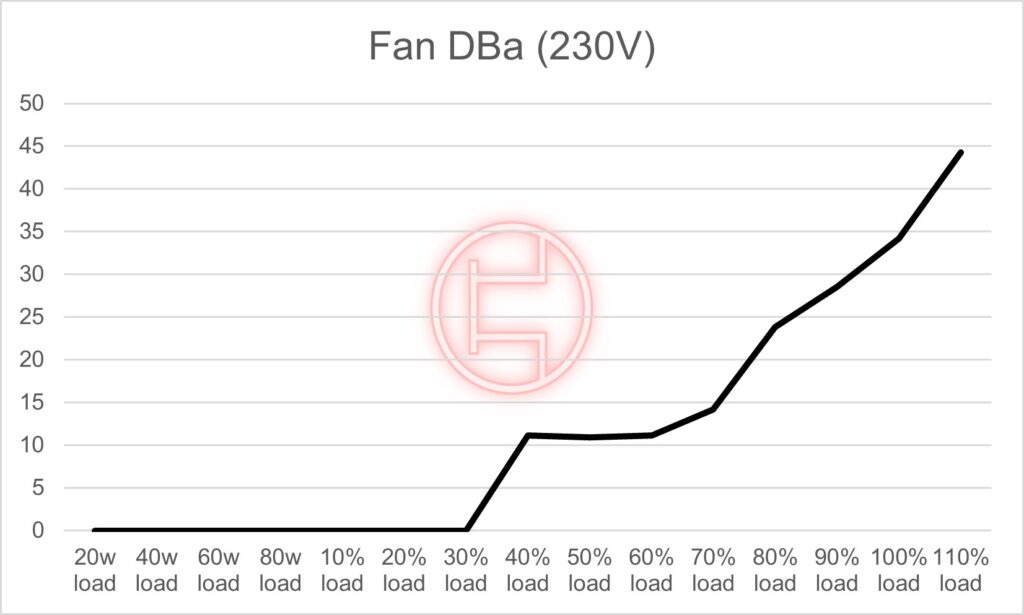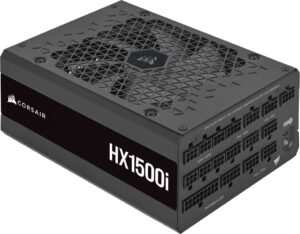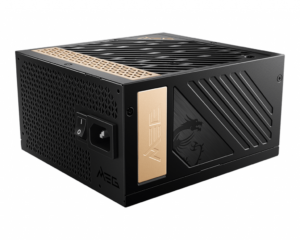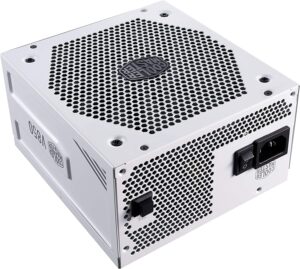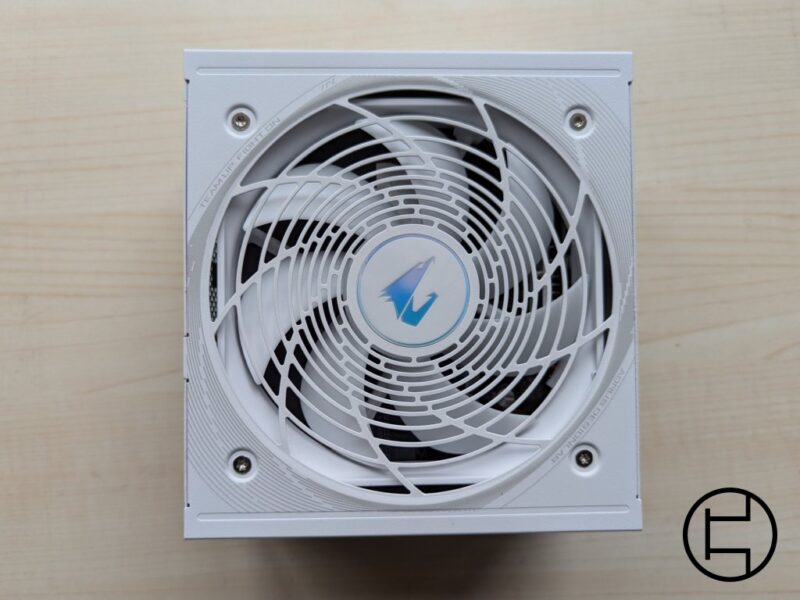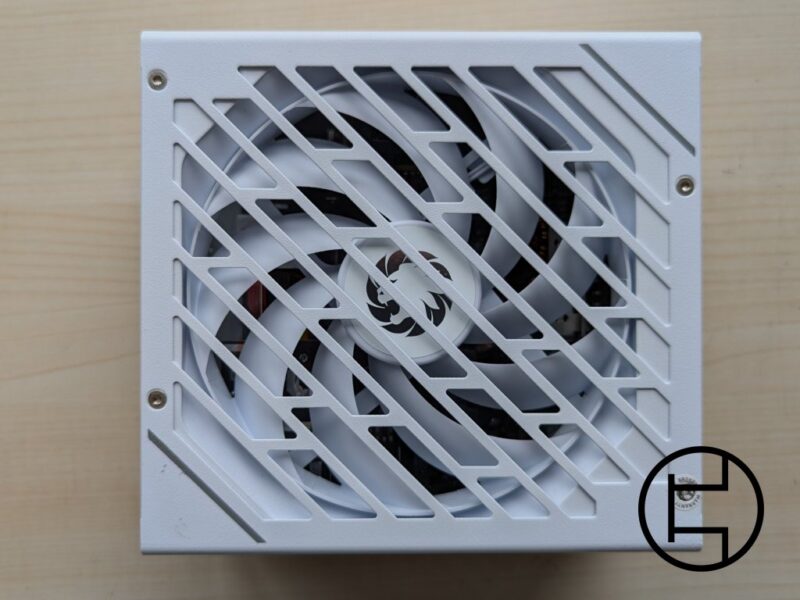Introduction
“You’re the first person I’ve sent this unit to be reviewed, so looking forward to your testing on it.”. Now that’s some pressure put on me. Today, we’re taking a look at what will be my first ATX 3.0 compatible PSU. We’ve seen the Hela 850R released a while back over at our news section, and it piqued my interest. I reached out to Silverstone for a sample, and they were kind enough to send me one over.
Silverstone claims this unit to be the first ATX 3.0 unit, which is somewhat true. Silverstone is the first on the market to release an ATX 3.0 compatible unit with official marketing around it, but Corsair’s HXi 2022 series came out just before it, so far passing in-house testing for the requirements of ATX 3.0. There were also a few other ATX 3.0 units that were announced before the Hela 850R, but these are still yet to be released. I expect Cybenetics to have done the verification for Silverstone, as Intel is yet to officially verify units for ATX 3.0.
General Specifications
| Brand | Silverstone |
| Model | Hela-R |
| Wattage | 850W |
| Introduction year | 2022 |
| Modularity | Fully |
| Warranty | 10 Years |
Power Specifications
| 3.3V | 5V | 12V | 5VSB | -12V |
|---|---|---|---|---|
| 22A | 22A | 70,8A | 3A | 0,3A |
| 120W | 850W | 15W | 3,6W |
Cables
| Cable type | Cable Quantity | Connector Per Cable | Gauge |
|---|---|---|---|
| ATX 24 pin | 1 | 1 | 18AWG |
| EPS 4+4 pin | 2 | 2 | 16AWG |
| PCIe Power 6+2 pin | 2 | 4 | 16-18AWG |
| PCIe Power 6+2 pin | 1 | 1 | 16AWG |
| PCIe 12VHPWR 12+4 pin | 1 | 1 | 16-24AWG |
| SATA Power | 2 | 4 | 18AWG |
| Peripheral 4 pin | 2 | 3 | 18-22AWG |
| FDD 4-pin | 2 | 1 | 18-22AWG |
Of course, the first thing to focus on is the new 12VHPWR cable. It’s the first time I have my hands on it physically and is it… tiny. The connector is a bit higher than your average 8 pin, but otherwise almost the same size while having a total of six 12v lines, six ground lines and four sensing lines. The cable included with the Hela 850R has a written limit on it of 450w. While 12VHPWR can be specced up to 600w, this does seem overkill for an 850w unit.
Outside of that, we find two daisy-chain cables and a single connector cable for the PCIe power. I do really appreciate the choice for 16AWG wires and HCS (High Current System) terminals. This allows it to have up to 10 amps per pin instead of the regular 7 amps (note that it’s normally 13a and 9a, but not in this specific configuration). While I’m not a huge fan of daisy-chain cables, because of this choice this is totally safe.
They even went as far as giving the EPS cable the same terminals and wire gauge, which is rather uncommon. While you really won’t need two EPS cables on anything but HEDT, it’s a commonly requested feature by users as mainstream boards now (unnecessarily) have multiple EPS power connectors too.
The Hela 850R even has an insane number of six peripheral connectors included, spread along two cables with each 3 connectors. On the same cable, you can even find a floppy 4-pin connector. While this isn’t useful for modern hardware, making many exclude it… There’s something nice about a unit meant to meet a brand-new specification still including connectors that have been phased out from the mainstream over a decade ago.
It also includes a total of eight SATA power connectors, allowing you to connect more SATA drives to the PSU than a ton of modern motherboards even allow these days.
While I would’ve liked to see more than one single connector PCIe cable, I’m happy to see Silverstone using HCS terminals and 16AWG wires for a ton of connectors, and with the inclusion of the 12VHPWR connector they might not even get used in the near future anyways.
External
The first thing many notice is the unique pattern on top. To shortly explain it, this is a Voronoi pattern. You’ve probably seen this on the Fractal Design Meshify series before, but you can even see it in giraffes and bubbles. If you’re curious as to how this pattern works exactly, I recommend watching this video from Khan Academy Labs. But to keep it short, when you put random points on a field and then make a circle around it, as you expand the circle, it’ll eventually collide and form a line between the two circles. If you do this with many points, you get the pattern you see here.
There’s also a Silverstone logo on top. Instead of the usual sticker placed here, it’s a glued-on badge. Minor touch, but a nice one at that.
And are those… yes, they are! Hexagons! It might seem like something really minor for me to constantly point out, but as results will show soon, it does actually result in a less restrictive exhaust and because of that lower noise levels.
As for the cable side… one port isn’t quite like the others there. Silverstone chose to do a 12VHPWR connector on both sides. While some news sites have reported that this is “required”, it’s not. Using the connector on both sides can be considered more or less marketing as a regular 8-pin Molex minifit can already handle 252w (assuming the voltage is exactly 12v, which it’s not), with a HCS able to handle 360w (again, assuming exactly 12v) per terminal. This would make a manufacturer able to use two regular 8-pin PSU plugs to a single 12VHPWR cable. But of course, it looks more distinct and simpler to use a single cable. But beyond that, just marketing.
Also, really minor note that shouldn’t matter to anyone but me… But I like the use of Hex screws instead of Philips head screws on the unit, makes them easier for me to open.
Protections
| OPP | CU6901VA |
| OCP | WT7527RA, APW7159C |
| OTP | WT7527RA, APW7159C |
| UVP | WT7527RA, APW7159C, ICE3PCS01G |
| OVP | WT7527RA, APW7159C, ICE3PCS01G, CU6901VA |
| SCP | WT7527RA, APW7159C |
| MOV | Yes |
Silverstone chose to use the same Anpec DC-DC controller as seen on the XG850 plus. There I already noted that I loved how overkill it is, but that was seemingly to compensate for a lower end protection IC. Instead, Silverstone went all in here. They chose to have both an overkill protection IC and an overkill DC-DC controller that integrates almost every protection on its own already.
I can also see some signs of overvoltage protection in both the APFC controller and resonant controller, as well as undervoltage protection on the APFC controller.
Outside of just liking an option for multirail, I really like the way Silverstone went all in here.
Parts Breakdown+Internal
| OEM | Highpower |
| Platform | #818 |
| Input Voltage | 100-240VAC |
| Primary Converter | APFC Half Bridge LLC Resonant |
| Rectifier | Synchronous Rectification |
| Regulator | DC-DC |
| Fan | Globe Fan PL4ZS1352512CH |
| Bearing | Fluid Dynamic Bearing (FDB) |
| PCB Type | Double Sided |
| Bulk Capacitor(s) | 2x Rubycon MXK (400v, 105c, 470uf) |
| Bridge Rectifiers | 2x HY Electronics GBU1506 (600V, 15A @ 100C) |
| APFC MOSFETs | 2x Infineon IPA60R099P7 (600V, 20A @ 100C) |
| APFC Boost Diode | 1x Cree C3D08060A (600V, 8A @ 150C) |
| APFC Controller | Infineon ICE3PCS01G |
| LLC Resonant Controller | Champion CU6901VA |
| Main Switches | 2x Infineon IPA60R099P7 (600V, 20A @ 100C) |
| 12v MOSFETs | 8x Toshiba TPHR8504PL (40V, 150A) |
| DC-DC Converters | 8x Infineon BSC0906NS (30V, 40A) |
| DC-DC Controller | Anpec APW7159C |
| Supervisor IC | Weltrend WT7527RA |
| Fan controller | STCmicro STC15W408AS |
| Standby PWM Controller | SI-Trend SI8016HSP8 |
The Hela 850R is based off the well-covered Highpower #818 platform. This is the same platform used in the Fractal design Ion ATX series (as SFX-L is based off Seasonic Focus SGX). While it did have some issues early on with the Ion+ Platinum series having an irregular semi-passive curve, this has reportedly been fixed.
It’s very easy to recognize Highpower platforms because of the many markings they leave around the unit. They often keep the fuse warning in the same place and more importantly have a no-xxx noted on the daughterboard and main PCB, as show in the pictures below.
The fan is made by Globe Fan, a manufacturer commonly used by HEC and Superflower. It’s claiming to be a FDB bearing, something that should be expected at this pricepoint. Nothing to complain here.
There’s a small ziptie holding the fan and semi-passive switch, something seemingly only Highpower does. I’ve seen something similar with my other two Highpower units, based off the #810 and #817 platforms.
Soldering on the Hela 850R is good enough, but I have two things to note on it. There are multiple hotfixes visible that have been done by hand, made visible by some left-over flux as well as those specific points using lead solder, while the rest of the unit is done with lead-free solder. Secondly, some components should be secured slightly better. On the 12V MOSFET on the bottom right (left bottom pin) there’s a leg of the FET is sticking out of the solder, these should be covered. Note these aren’t issues that are going to affect the vast majority of the units, it still leaves room for improvement.
The bulk capacitors are two Rubycon MXK series, each 470uf. While it would be nice to see 450v capacitors, there’s a massive shortage on these, so this shouldn’t be expected of Silverstone/Highpower to be included. Rubycon is already an excellent choice here.
There’s also a total of eight DC-DC converters, I normally only see around 4-6. While this seems a bit overkill, it means Silverstone likely just made a few of them redundant.
It’s also nice to see an MCU integrated into the design, though I was unable to see what it does beyond fan control because of the rather vague and general-purpose oriented datasheet.
Overall, very satisfied with the component choice Silverstone made for the Hela 850R. While I’ve had my minor complaints, they’re what I call them… very minor.
Electrical Performance
The following results are by third party PSU lab Cybenetics. The results shown are based off the Hela 850R Platinum report published on 08-07-2022
Graphs
Test Equipment
| Electronic Loads | Chroma 63601-5 x4 |
| Chroma 63600-2 x2 | |
| 63640-80-80 x20 | |
| 63610-80-20 x2 | |
| AC Sources | Chroma 6530 |
| Keysight AC6804B | |
| Power Analyzers | N4L PPA1530 x2 |
| Sound Analyzer | Bruel & Kjaer 2270 G4 |
| Microphone | Bruel & Kjaer Type 4955-A |
| Data Loggers | Picoscope TC-08 x2 |
| Labjack U3-HV x2 | |
| Tachometer | UNI-T UT372 x2 |
| Digital Multimeter | Keysight U1273AX |
| Fluke 289, | |
| Keithley 2015 - THD | |
| UPS | CyberPower OLS3000E 3kVA x2 |
| Transformer | 3kVA x2 |
Overall (115v)
| Average efficiency | 89,931% |
| Efficiency at 2% load | 69,334% |
| Average efficiency 5VSB | 81,336% |
| Standby power consumption (W) | 0,0539 |
| Average PF | 0,992 |
| Average noise output | 17.41 DB |
| Efficiency rating (ETA) | PLATINUM |
| Noise rating (LAMBDA) | A+ |
Overall (230v)
| Average efficiency | 91,88% |
| Average efficiency 5VSB | 81,03% |
| Standby power consumption (W) | 0,1345 |
| Average PF | 0,961 |
| Average noise output | 17.40 dB(A) |
| Efficiency rating (ETA) | PLATINUM |
| Noise rating (LAMBDA) | A+ |
Efficiency (115v)
| Load (115v) | Efficiency | AC (Watts) | DC (Watts) |
|---|---|---|---|
| 20w load | 70,474% | 28,412 | 20,023 |
| 40w load | 80,310% | 49,833 | 40,021 |
| 60w load | 85,250% | 70,407 | 60,022 |
| 80w load | 87,959% | 90,947 | 79,996 |
| 10% load | 88,303% | 96,289 | 85,026 |
| 20% load | 91,905% | 184,987 | 170,012 |
| 30% load | 92,737% | 275,013 | 255,039 |
| 40% load | 92,451% | 367,925 | 340,151 |
| 50% load | 92,195% | 461,257 | 425,256 |
| 60% load | 91,402% | 557,629 | 509,685 |
| 70% load | 90,852% | 655,009 | 595,09 |
| 80% load | 90,217% | 753,588 | 679,861 |
| 90% load | 89,525% | 854,911 | 765,36 |
| 100% load | 88,728% | 958,187 | 850,179 |
| 110% load | 87,901% | 1063,401 | 934,738 |
| Crossload 1 | 83,614% | 145,128 | 121,348 |
| Crossload 2 | 81,439% | 136,848 | 111,447 |
| Crossload 3 | 75,772% | 97,663 | 74,001 |
| Crossload 4 | 89,526% | 949,244 | 849,819 |
Efficiency (230v)
| Load (230v) | Efficiency | AC (Watts) | DC (Watts) |
|---|---|---|---|
| 20w load | 71,891% | 27,842 | 20,016 |
| 40w load | 81,158% | 49,306 | 40,016 |
| 60w load | 85,862% | 69,899 | 60,017 |
| 80w load | 88,723% | 90,155 | 79,988 |
| 10% load | 89,051% | 95,467 | 85,014 |
| 20% load | 92,816% | 183,132 | 169,976 |
| 30% load | 93,839% | 271,741 | 254,999 |
| 40% load | 94,020% | 361,735 | 340,102 |
| 50% load | 93,924% | 452,663 | 425,157 |
| 60% load | 93,345% | 545,929 | 509,597 |
| 70% load | 92,992% | 639,842 | 595,003 |
| 80% load | 92,570% | 734,34 | 679,777 |
| 90% load | 92,242% | 829,631 | 765,267 |
| 100% load | 91,751% | 926,51 | 850,082 |
| 110% load | 91,206% | 1024,807 | 934,683 |
| Crossload 1 | 84,318% | 143,906 | 121,338 |
| Crossload 2 | 82,287% | 135,432 | 111,443 |
| Crossload 3 | 76,258% | 97,035 | 73,997 |
| Crossload 4 | 92,478% | 918,892 | 849,777 |
Voltage Regulation (115v)
| Load (115v) | 12V (voltage) | 5V (voltage) | 3.3V (voltage) | 5VSB (voltage) |
|---|---|---|---|---|
| 20w load | 12.328V | 5.006V | 3.323V | 5.001V |
| 40w load | 12.173V | 5.002V | 3.319V | 4.995V |
| 60w load | 12.169V | 5.018V | 3.324V | 5.007V |
| 80w load | 12.153V | 5.025V | 3.32V | 5.012V |
| 10% load | 12.153V | 5.019V | 3.315V | 4.994V |
| 20% load | 12.137V | 5.016V | 3.311V | 4.987V |
| 30% load | 12.128V | 5.015V | 3.309V | 4.98V |
| 40% load | 12.108V | 5.006V | 3.31V | 4.965V |
| 50% load | 12.092V | 5.003V | 3.307V | 4.959V |
| 60% load | 12.091V | 4.999V | 3.302V | 4.952V |
| 70% load | 12.091V | 4.995V | 3.307V | 4.942V |
| 80% load | 12.088V | 4.991V | 3.302V | 4.938V |
| 90% load | 12.082V | 4.989V | 3.299V | 4.934V |
| 100% load | 12.076V | 4.988V | 3.296V | 4.912V |
| 110% load | 12.067V | 4.986V | 3.291V | 4.913V |
| Crossload 1 | 12.165V | 4.991V | 3.309V | 5.044V |
| Crossload 2 | 12.221V | 4.981V | 3.323V | 5.068V |
| Crossload 3 | 12.225V | 5.016V | 3.304V | 5.01V |
| Crossload 4 | 12.122V | 5.011V | 3.305V | 5.001V |
Voltage Regulation (230v)
| Load (230v) | 12V (voltage) | 5V (voltage) | 3.3V (voltage) | 5VSB (voltage) |
|---|---|---|---|---|
| 20w load | 12.313V | 5.018V | 3.333V | 5.012V |
| 40w load | 12.168V | 5.014V | 3.33V | 5.006V |
| 60w load | 12.166V | 5.02V | 3.325V | 5.01V |
| 80w load | 12.153V | 5.026V | 3.321V | 5.013V |
| 10% load | 12.139V | 5.006V | 3.321V | 4.981V |
| 20% load | 12.121V | 5.02V | 3.315V | 4.991V |
| 30% load | 12.116V | 5.018V | 3.312V | 4.984V |
| 40% load | 12.096V | 5.011V | 3.312V | 4.971V |
| 50% load | 12.089V | 5.005V | 3.308V | 4.961V |
| 60% load | 12.093V | 5V | 3.303V | 4.953V |
| 70% load | 12.093V | 4.996V | 3.307V | 4.943V |
| 80% load | 12.088V | 4.992V | 3.302V | 4.938V |
| 90% load | 12.079V | 4.991V | 3.301V | 4.936V |
| 100% load | 12.074V | 4.988V | 3.297V | 4.913V |
| 110% load | 12.063V | 4.985V | 3.292V | 4.912V |
| Crossload 1 | 12.155V | 4.991V | 3.309V | 5.044V |
| Crossload 2 | 12.202V | 4.981V | 3.322V | 5.068V |
| Crossload 3 | 12.209V | 5.019V | 3.306V | 5.013V |
| Crossload 4 | 12.115V | 5.012V | 3.31V | 5.002V |
Ripple (115v)
| Test | 12V | 5V | 3.3V | 5VSB | Pass/Fail |
|---|---|---|---|---|---|
| 10% Load | 12.92mV | 5.82mV | 6.60mV | 5.58mV | Pass |
| 20% Load | 9.08mV | 7.10mV | 12.38mV | 9.78mV | Pass |
| 30% Load | 12.54mV | 8.43mV | 11.45mV | 7.32mV | Pass |
| 40% Load | 11.26mV | 9.40mV | 9.15mV | 8.14mV | Pass |
| 50% Load | 13.20mV | 10.47mV | 10.02mV | 9.06mV | Pass |
| 60% Load | 13.46mV | 11.23mV | 10.69mV | 9.62mV | Pass |
| 70% Load | 14.63mV | 12.26mV | 17.90mV | 10.75mV | Pass |
| 80% Load | 16.07mV | 13.84mV | 15.34mV | 11.21mV | Pass |
| 90% Load | 18.37mV | 14.91mV | 14.06mV | 12.23mV | Pass |
| 100% Load | 25.05mV | 16.96mV | 16.23mV | 14.70mV | Pass |
| 110% Load | 26.85mV | 18.60mV | 17.40mV | 15.71mV | Pass |
| Crossload1 | 16.37mV | 8.77mV | 10.85mV | 7.52mV | Pass |
| Crossload2 | 10.05mV | 8.93mV | 17.84mV | 7.22mV | Pass |
| Crossload3 | 11.74mV | 7.35mV | 10.79mV | 6.24mV | Pass |
| Crossload4 | 24.73mV | 14.77mV | 13.49mV | 12.86mV | Pass |
Ripple (230v)
| Test | 12V | 5V | 3.3V | 5VSB | Pass/Fail |
|---|---|---|---|---|---|
| 10% Load | 13.17mV | 5.82mV | 6.90mV | 5.68mV | Pass |
| 20% Load | 9.34mV | 7.35mV | 8.13mV | 6.96mV | Pass |
| 30% Load | 9.93mV | 7.97mV | 8.23mV | 7.27mV | Pass |
| 40% Load | 10.75mV | 8.68mV | 9.77mV | 8.09mV | Pass |
| 50% Load | 11.92mV | 9.65mV | 10.33mV | 8.80mV | Pass |
| 60% Load | 12.59mV | 10.47mV | 10.99mV | 9.52mV | Pass |
| 70% Load | 13.41mV | 12.11mV | 15.45mV | 11.00mV | Pass |
| 80% Load | 15.61mV | 12.56mV | 13.14mV | 11.41mV | Pass |
| 90% Load | 16.83mV | 14.91mV | 16.26mV | 12.28mV | Pass |
| 100% Load | 25.13mV | 16.96mV | 15.29mV | 13.83mV | Pass |
| 110% Load | 27.26mV | 18.47mV | 17.04mV | 15.63mV | Pass |
| Crossload1 | 16.65mV | 10.16mV | 10.29mV | 8.48mV | Pass |
| Crossload2 | 10.46mV | 8.89mV | 16.67mV | 7.42mV | Pass |
| Crossload3 | 12.00mV | 7.30mV | 10.38mV | 6.14mV | Pass |
| Crossload4 | 24.23mV | 14.22mV | 13.67mV | 13.30mV | Pass |
Fan Speed/Noise (115v)
| Load (115v) | RPM | Noise (DBa) | Temperature in | Temperature out |
|---|---|---|---|---|
| 20w load | 0 | <6 | 36.74°C | 39.87°C |
| 40w load | 0 | <6 | 37.93°C | 41.27°C |
| 60w load | 0 | <6 | 38.35°C | 41.95°C |
| 80w load | 0 | <6 | 39.72°C | 43.68°C |
| 10% load | 0 | <6 | 40.34°C | 44.55°C |
| 20% load | 0 | <6 | 40.81°C | 45.43°C |
| 30% load | 0 | <6 | 41.47°C | 46.54°C |
| 40% load | 582 | 11,1 | 47.42°C | 41.87°C |
| 50% load | 585 | 10,9 | 48.74°C | 42.66°C |
| 60% load | 589 | 11,1 | 42.88°C | 49.35°C |
| 70% load | 642 | 14,3 | 43.37°C | 50.45°C |
| 80% load | 860 | 23,8 | 44.22°C | 52.32°C |
| 90% load | 1080 | 30,9 | 44.89°C | 54.23°C |
| 100% load | 1355 | 37,6 | 45.25°C | 55.33°C |
| 110% load | 1559 | 42,8 | 47.2°C | 58.11°C |
| Crossload 1 | 0 | <6 | 42.05°C | 48.47°C |
| Crossload 2 | 0 | <6 | 43.11°C | 50.36°C |
| Crossload 3 | 0 | <6 | 44.89°C | 53.2°C |
| Crossload 4 | 1349 | 37,6 | 45.83°C | 55.79°C |
Fan Speed/Noise (230v)
| Load (230v) | RPM | Noise (DBa) | Temperature in | Temperature out |
|---|---|---|---|---|
| 20w load | 0 | <6 | 36.7°C | 39.81°C |
| 40w load | 0 | <6 | 37.52°C | 40.82°C |
| 60w load | 0 | <6 | 38.92°C | 42.43°C |
| 80w load | 0 | <6 | 39.32°C | 42.99°C |
| 10% load | 0 | <6 | 40.24°C | 44.73°C |
| 20% load | 0 | <6 | 40.63°C | 45.51°C |
| 30% load | 0 | <6 | 41.17°C | 46.27°C |
| 40% load | 579 | 11,1 | 47.5°C | 41.62°C |
| 50% load | 585 | 10,9 | 48.21°C | 42°C |
| 60% load | 590 | 11,1 | 42.57°C | 49.43°C |
| 70% load | 645 | 14,2 | 43.05°C | 50.27°C |
| 80% load | 860 | 23,8 | 43.64°C | 52.01°C |
| 90% load | 1002 | 28,5 | 45.09°C | 54.16°C |
| 100% load | 1213 | 34,2 | 45.22°C | 55.32°C |
| 110% load | 1597 | 44,3 | 46.88°C | 57.74°C |
| Crossload 1 | 0 | <6 | 42.49°C | 48.98°C |
| Crossload 2 | 0 | <6 | 43.88°C | 50.98°C |
| Crossload 3 | 0 | <6 | 44.81°C | 52.94°C |
| Crossload 4 | 1235 | 35,2 | 45.34°C | 55.02°C |
Hold-up Time (230v)
| Hold-up time (ms) | 19,5 |
| AC loss to PWR-OK hold up time (ms) | 16,3 |
| PWR_OK inactive to DC loss delay (ms) | 3,2 |
Conclusion
Overall, Silverstone made an interesting entry into the market with one of the first ATX 3.0 units. There is little different physically outside of the inclusion of the 12VHPWR connector, but of course there’s some magic with the protection behind the scenes to make sure it can sustain the brutal transients Intel has specified for.
The unit is really quiet, has shown great electrical performance, solid component choice and protection integration, has an included 12VHPWR 450w connector for next generation GPUs and honestly… I really do like the look of it.
But that doesn’t mean it’s without issues. The soldering had some visible hand-soldered patches with left-on flux, availability is still a bit lacking and for an 850w PSU, the listed price right now is too high to justify it.
Overall, if the unit comes down to sub-200 USD as more ATX 3.0 options become available, the Hela 850R will be an excellent choice for your next system.
Silverstone Hela 850R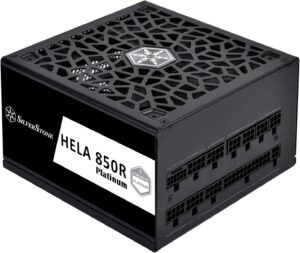
Buy Hela 850R
- ATX 3.0 compatible
- Included 450w 12VHPWR plug
- Very quiet
- Great electrical performance
- Solid component choice
- HCS terminals and 16awg wires
- Expensive
- Not yet widely available
- Soldering could use some slight improvements
Alternatives
- ATX 3.0 compatible according to in-house testing
- Compatible with type 4 12VHPWR connector
- Great build quality
- HCS terminals
- Not officially verified for ATX 3.0 as of the time of writing
- Expensive
- 12VHPWR connector sold separate
- ATX 3.0 compatible according to Cybenetics
- Included 12VHPWR connector
- Not yet released to the market
- Expensive
- Only Cybenetics reports available for now
Thermaltake GF3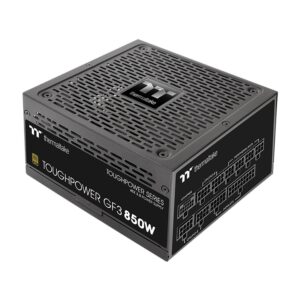
Buy GF3
- Cheaper than other options
- ATX 3.0 compatible according to in-house testing
- Included 12VHPWR connector
- Three different platforms used on the same name
- No third-party validation for ATX 3.0
- 850w version yet to be reviewed thoroughly
Cooler Master XG850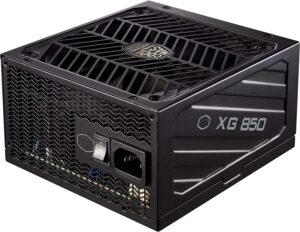
Buy XG850
- Very silent
- Great component choice and build quality
- Widely covered
- HCS terminals
- Expensive
- No 12VHPWR connector included or available at the time of writing
- No ATX 3.0 compatibility
Corsair HX850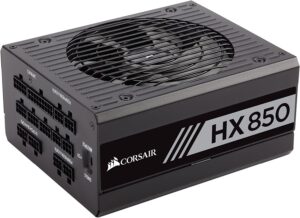
Buy HX850
- Widely covered
- 4-rail multirail (switchable)
- Quiet
- Compatible with type 4 12VHPWR cable
- Expensive
- No 12VHPWR connector included
- No ATX 3.0 compatibility
Fractal Design Ion 2 860W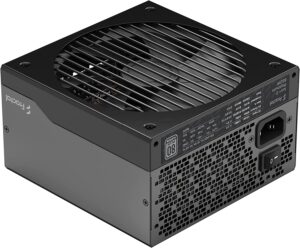
Buy Ion 2 860W
- Same base platform as Hela 850R
- Very silent
- Widely covered
- Fixed fan curve compared to Ion+ platinum
- Expensive
- No 12VHPWR connector included or available at the time of writing
- No ATX 3.0 compatibility
- Widely available
- Quiet
- Often well priced
- HCS terminals
- Compatible with type 4 12VHPWR cable
- RMe is less widely sold due to existing stock of RM
- No ATX 3.0 compatibility
- No 12VHPWR connector included
- Quiet
- Often well priced
- HCS terminals
- White and black version
- No ATX 3.0 compatibility
- No 12VHPWR connector included or available at the time of writing
Adata XPG Core Reactor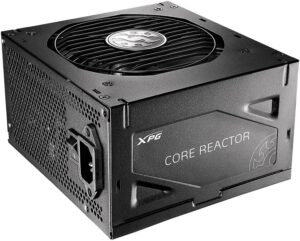
Buy XPG Core Reactor 850w
- Often well priced
- HCS terminals
- Compatible with type 4 12VHPWR cable
- Due to its size not the most quiet
- No ATX 3.0 compatibility
- No 12VHPWR connector included

